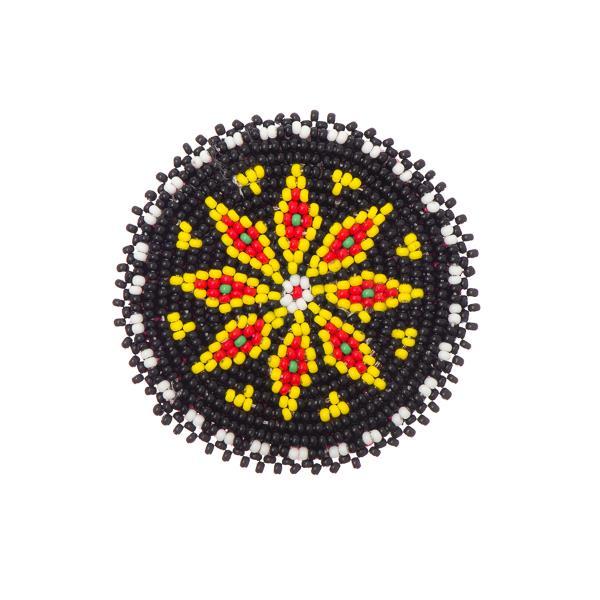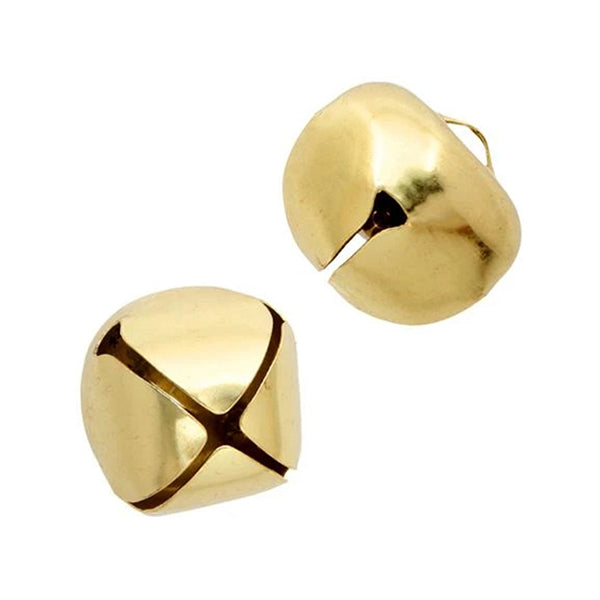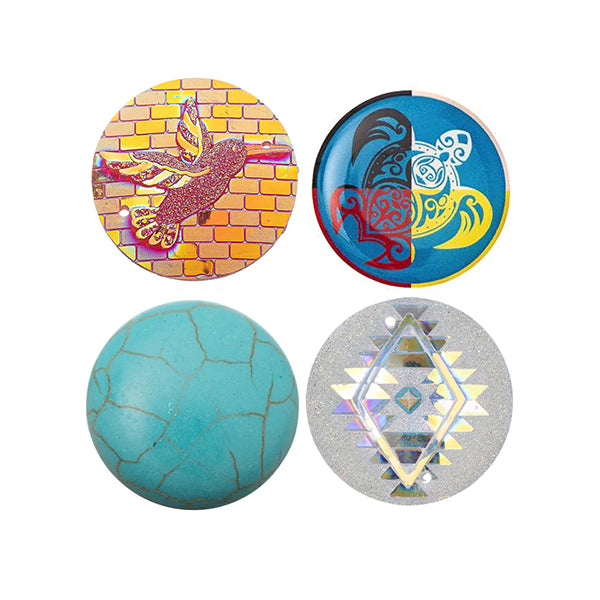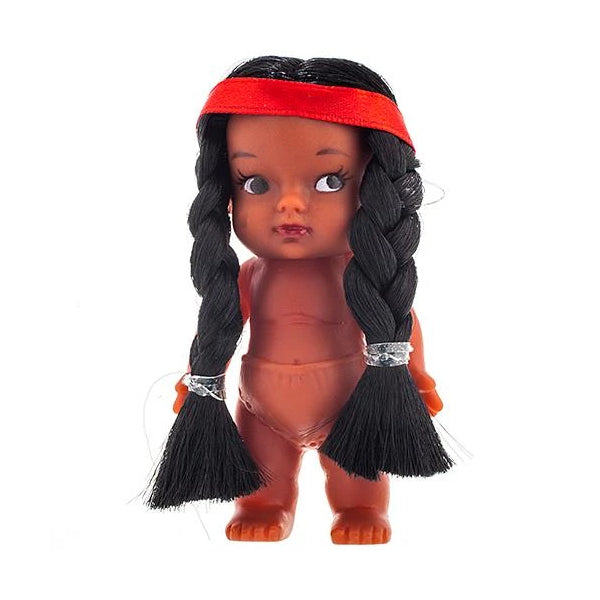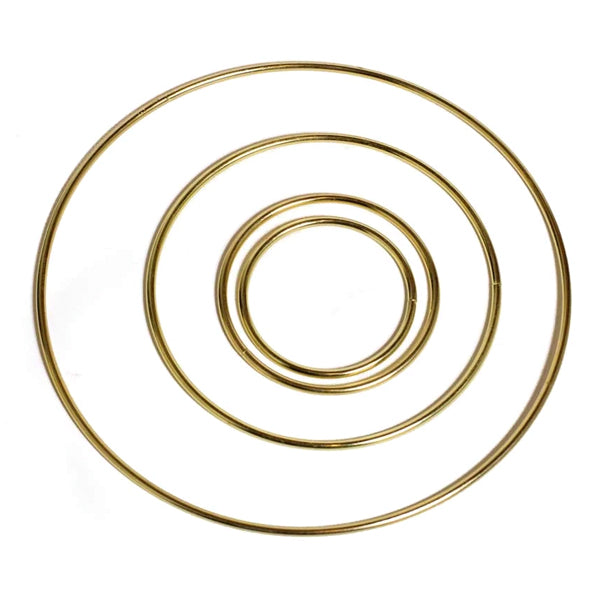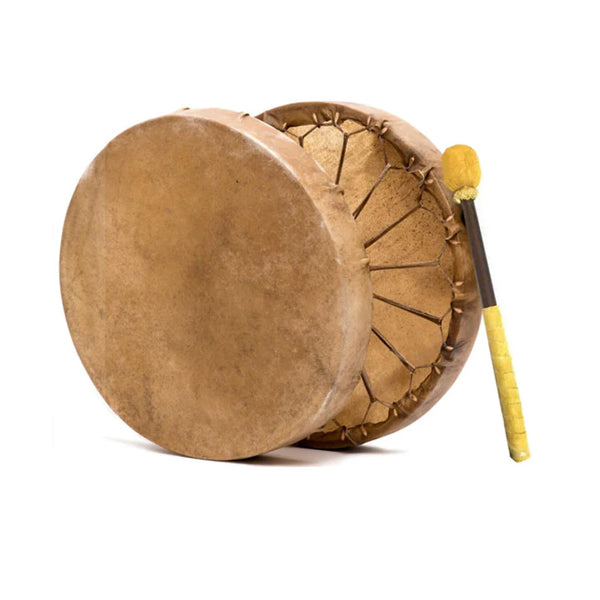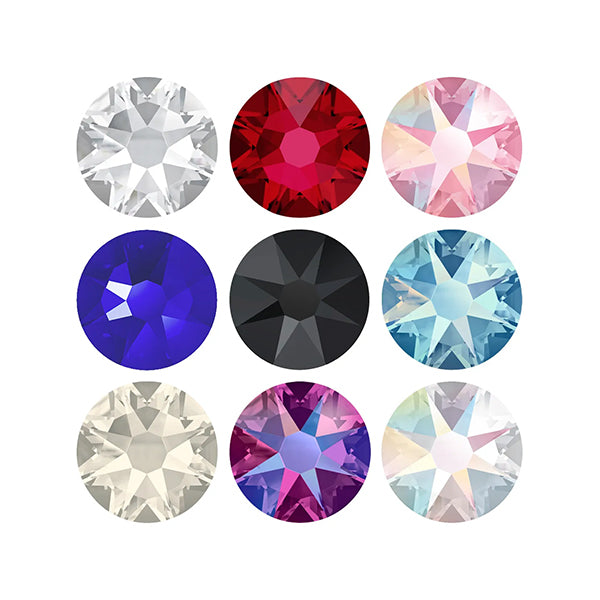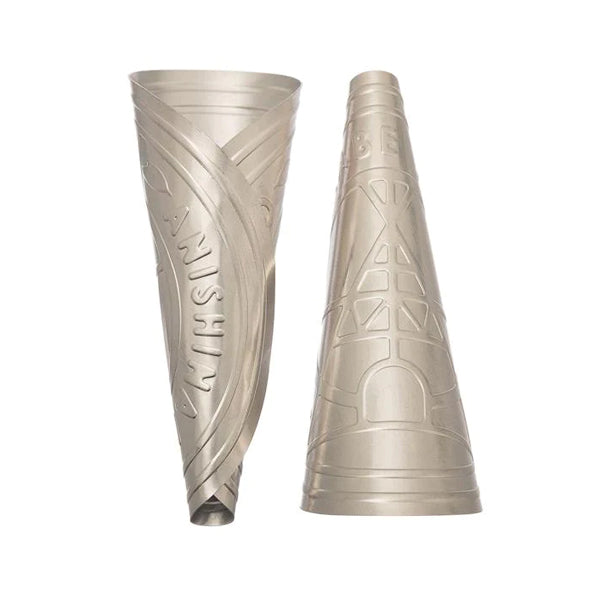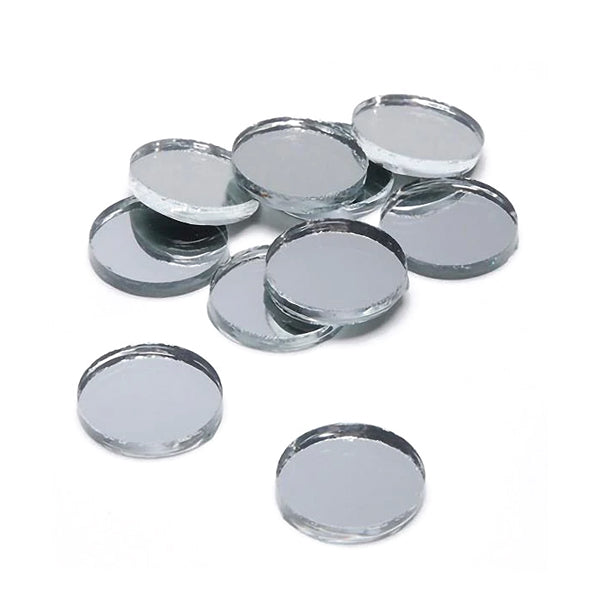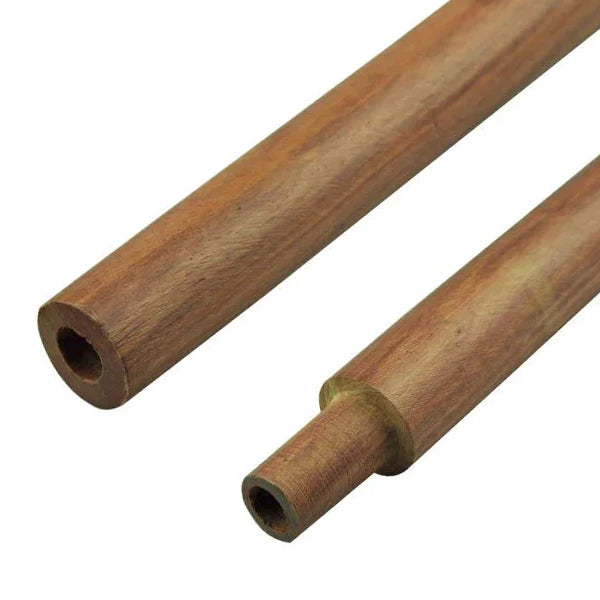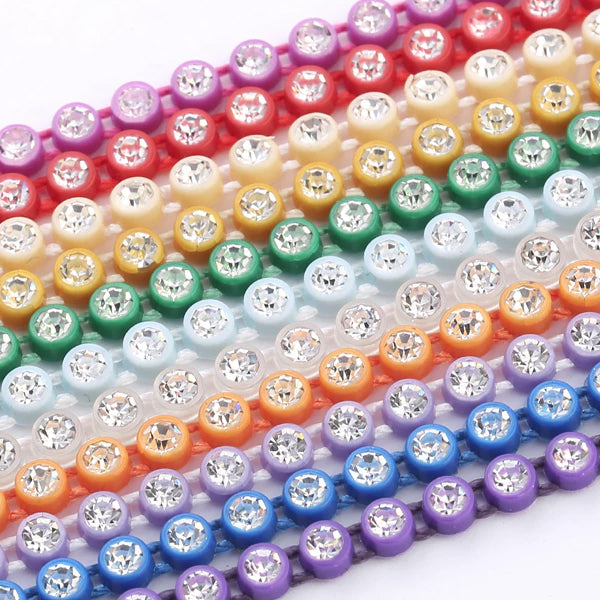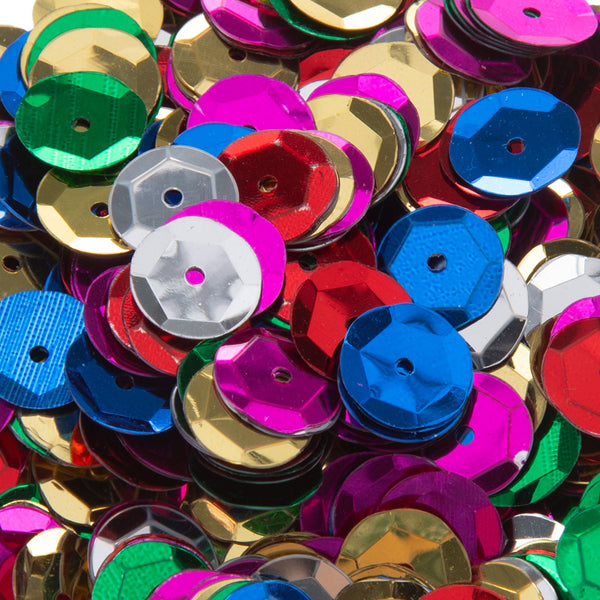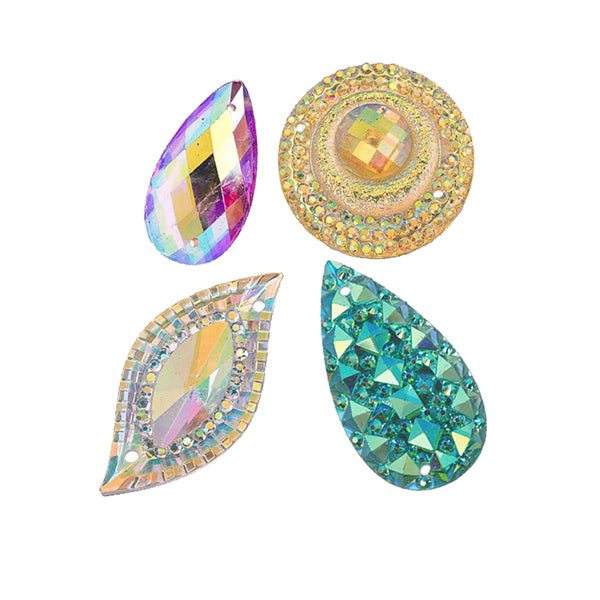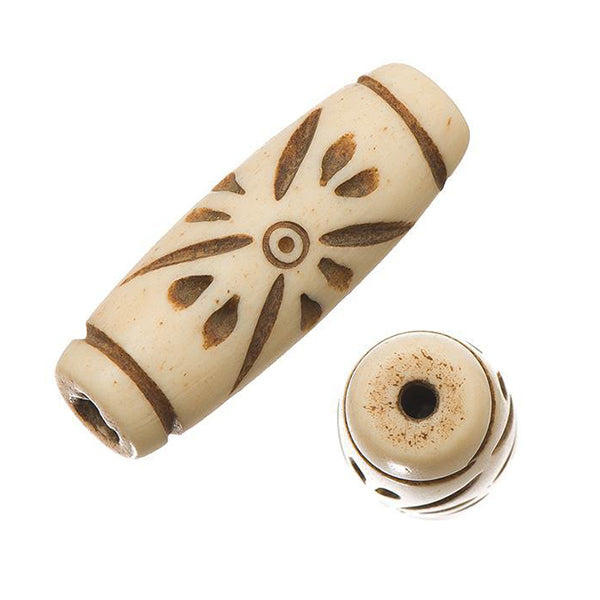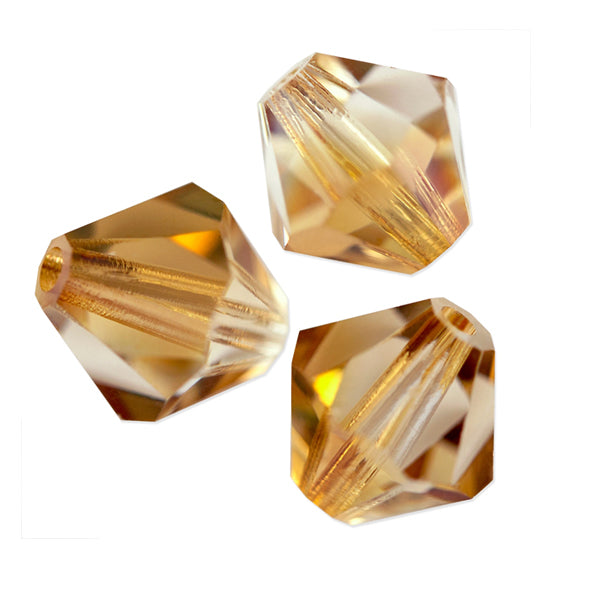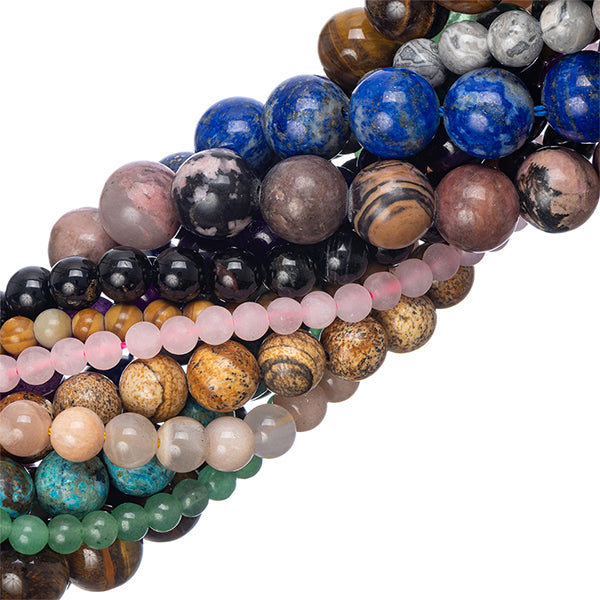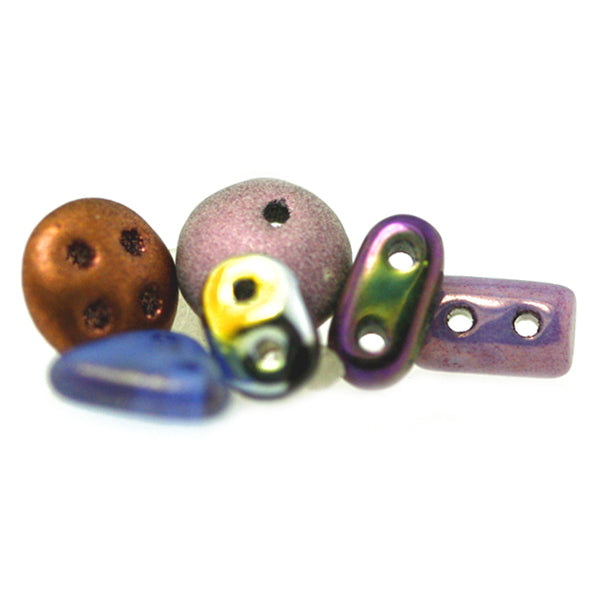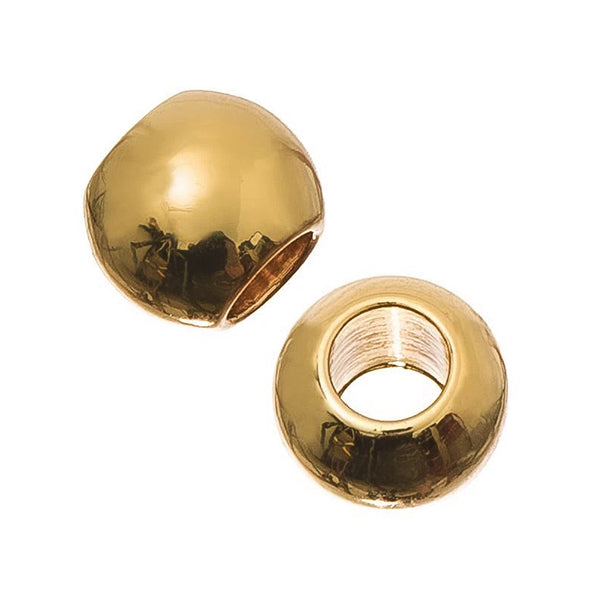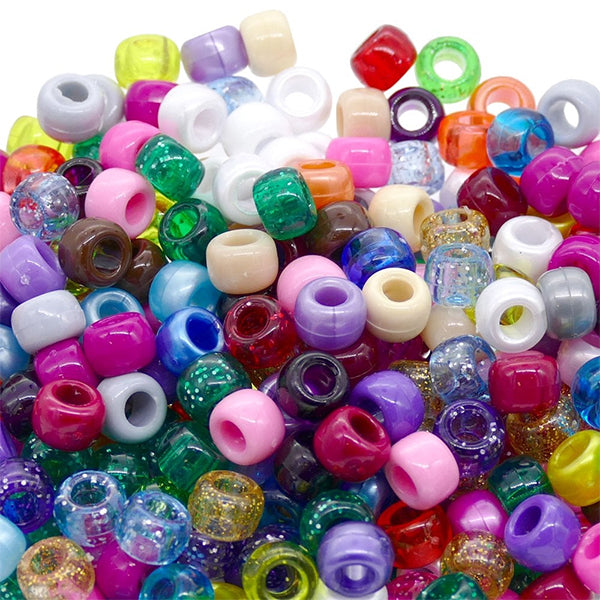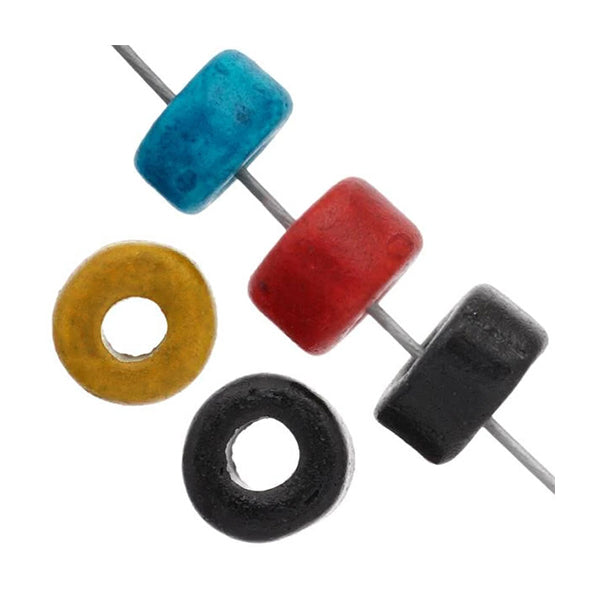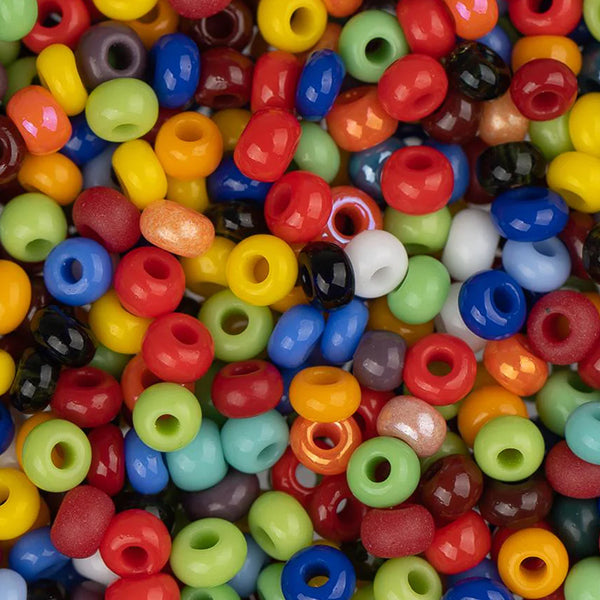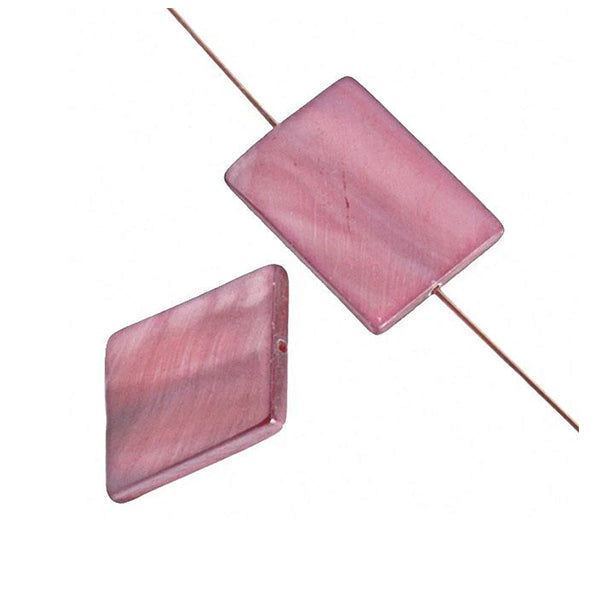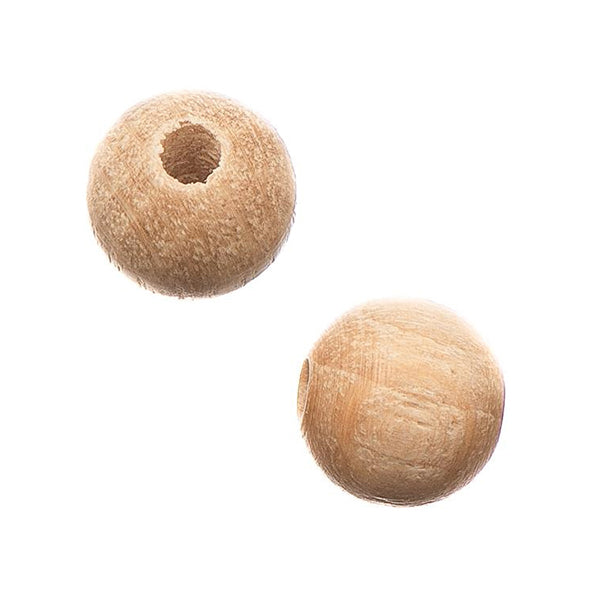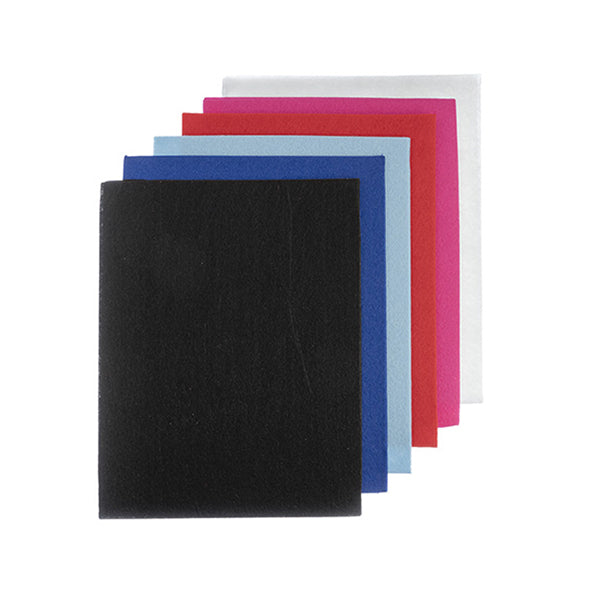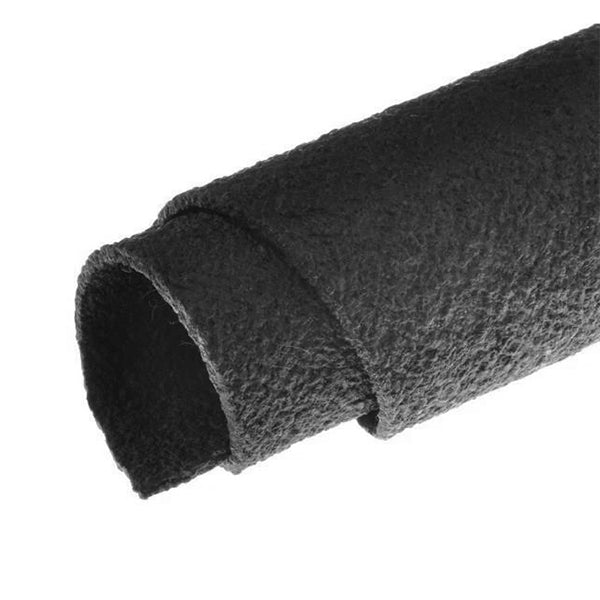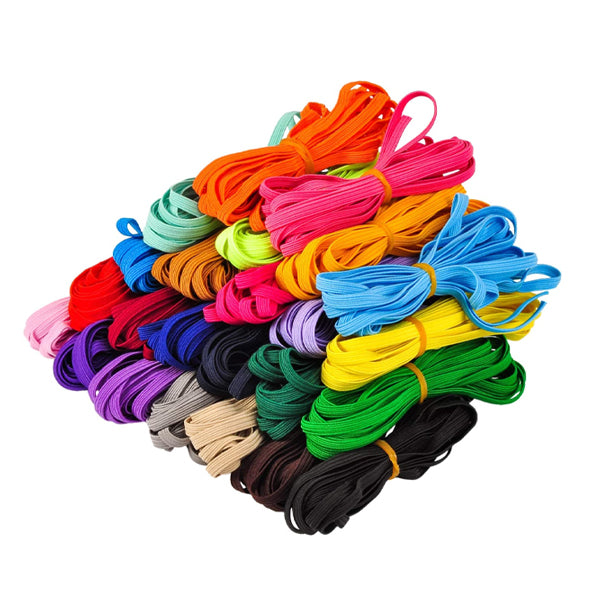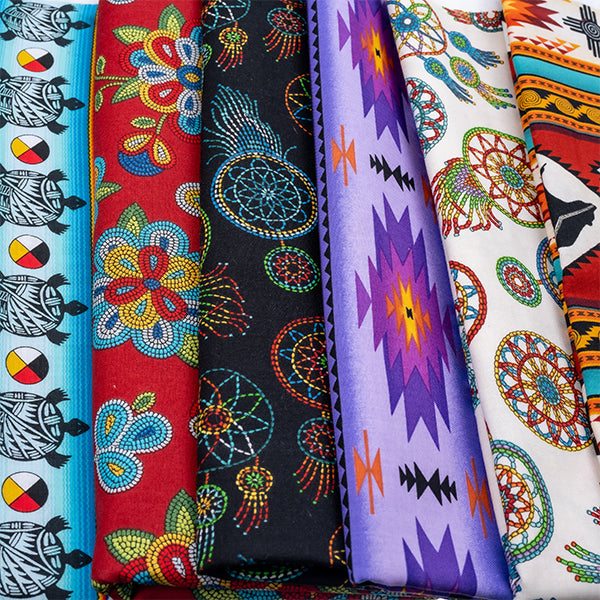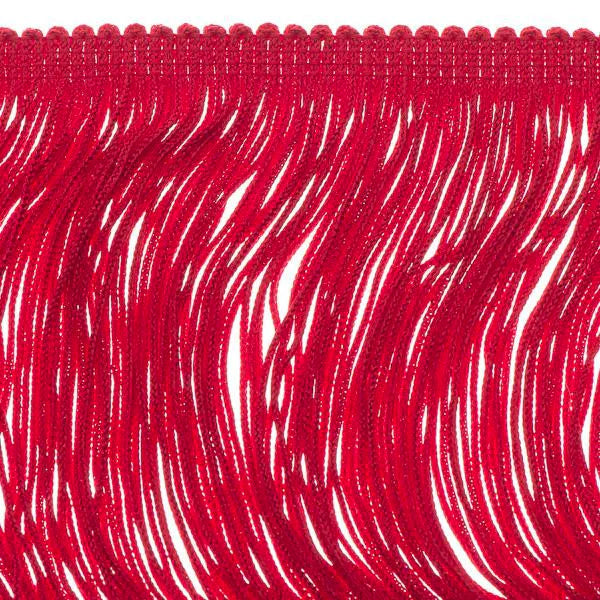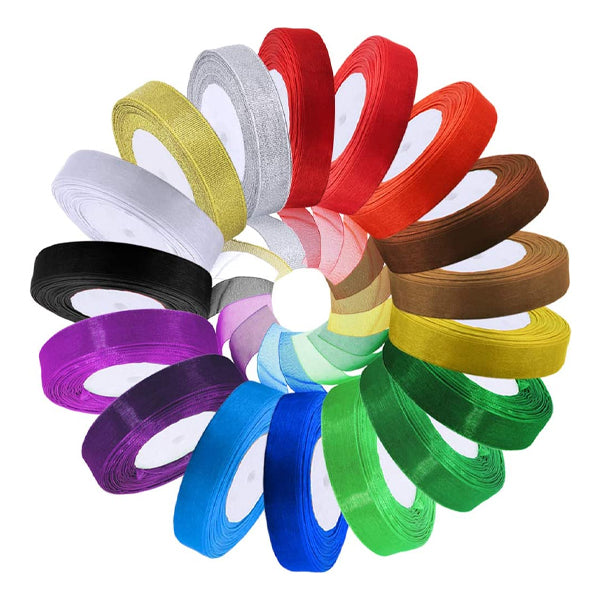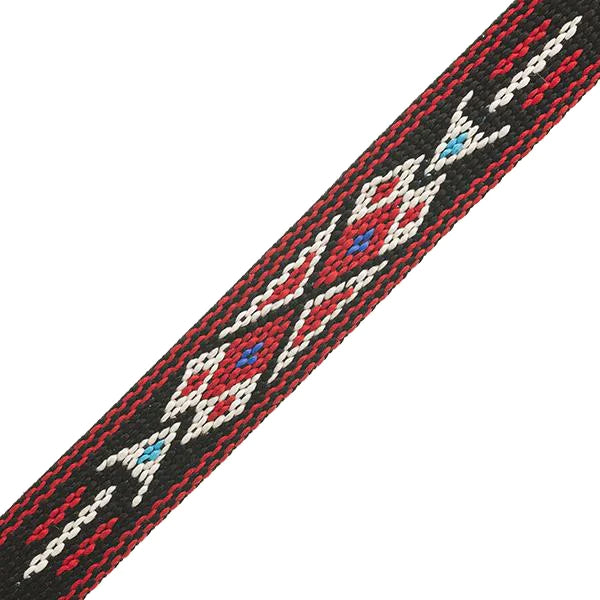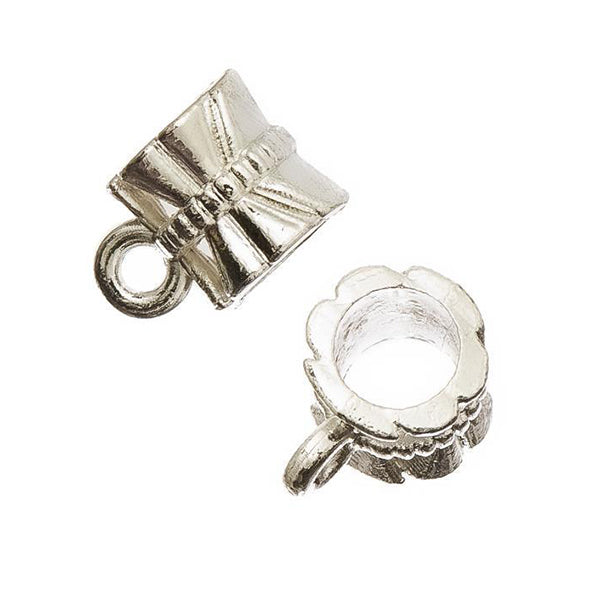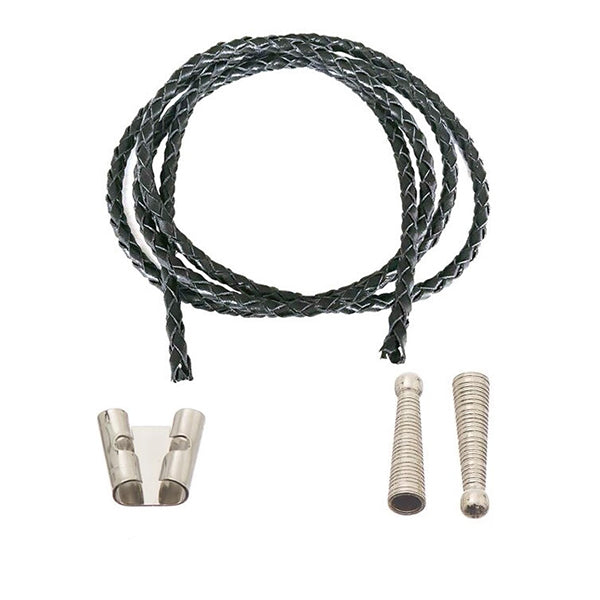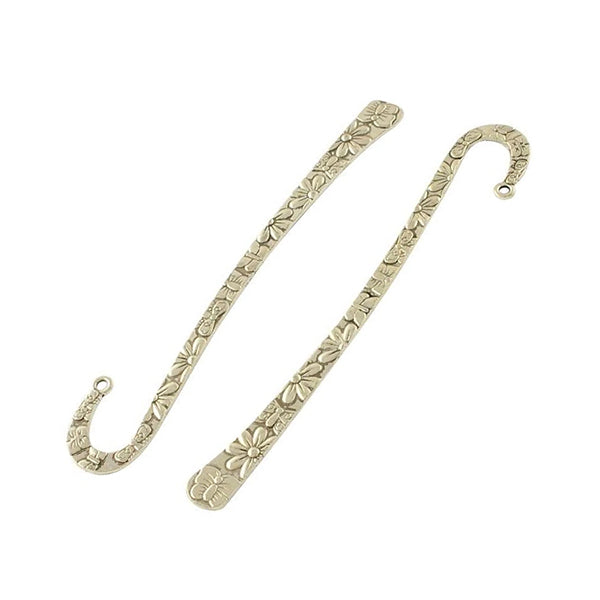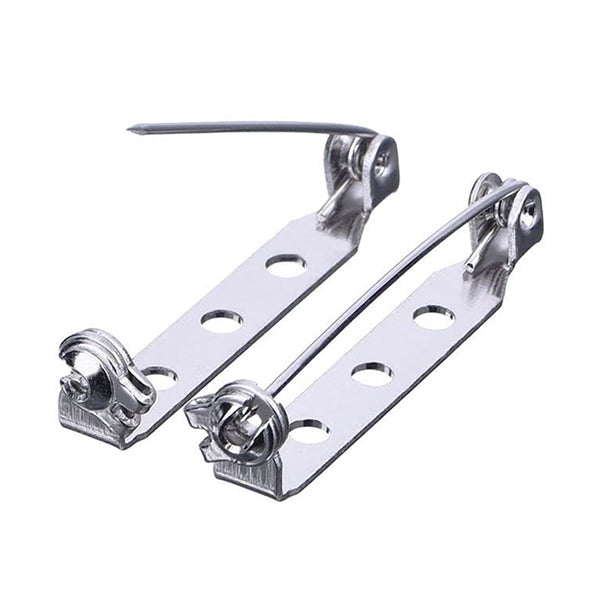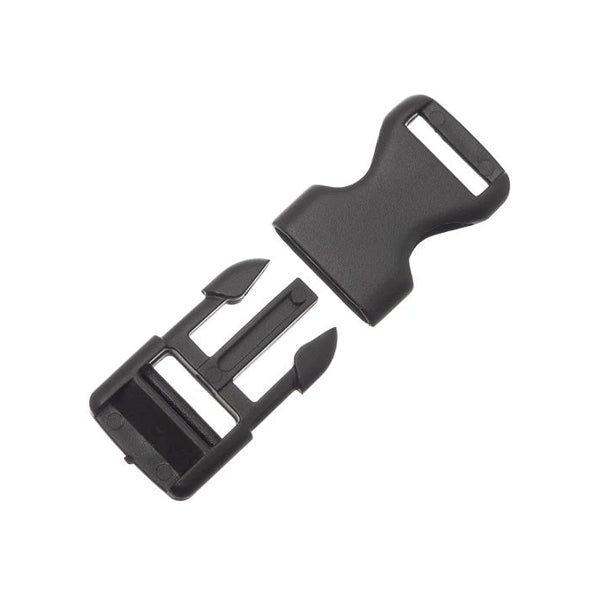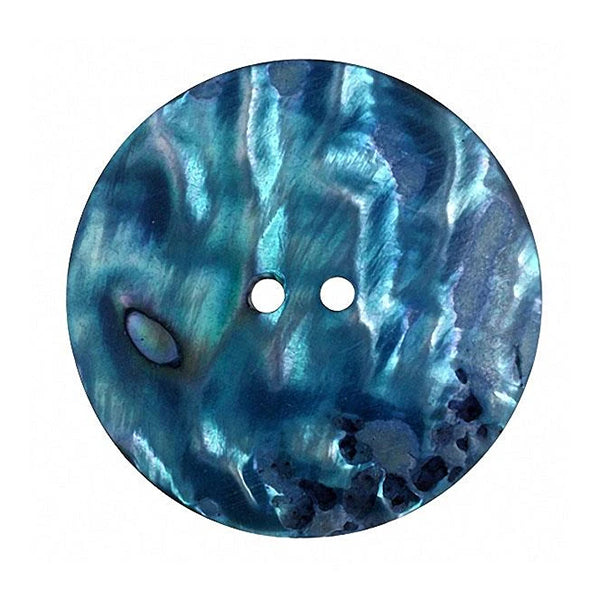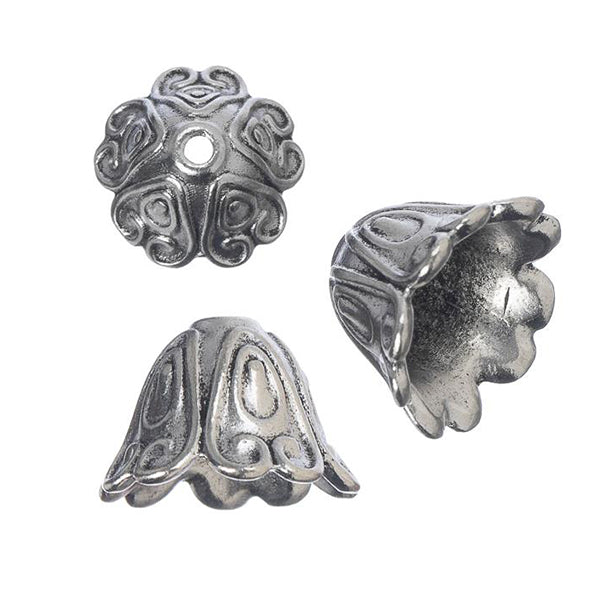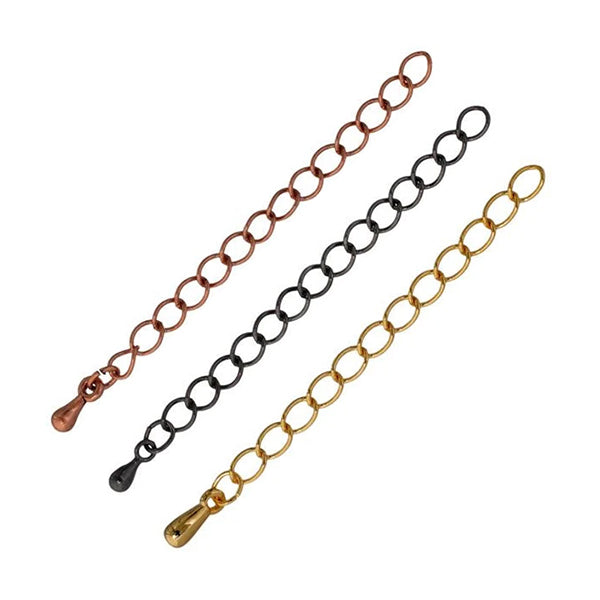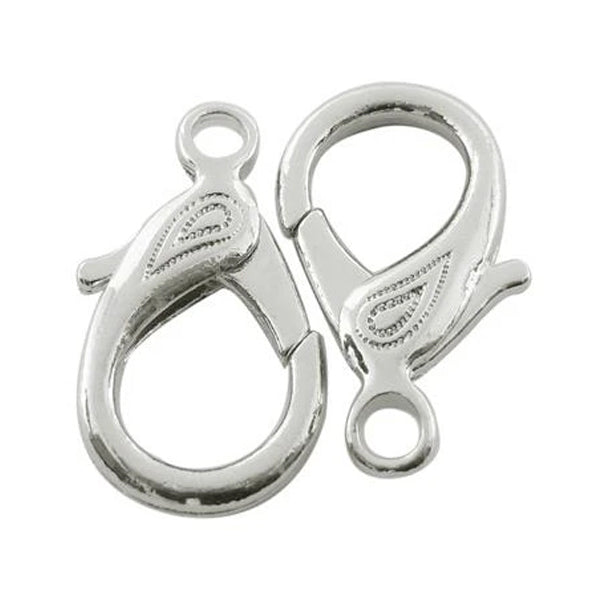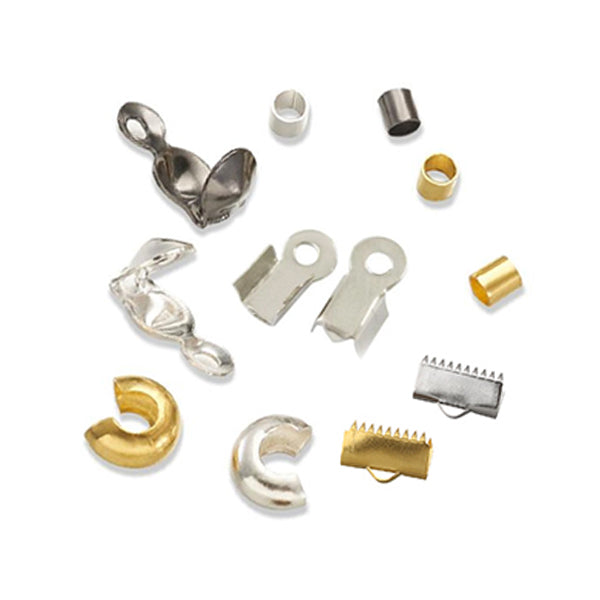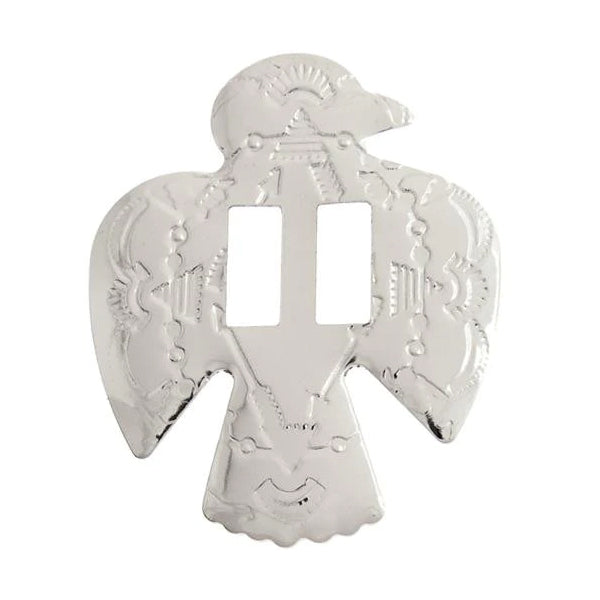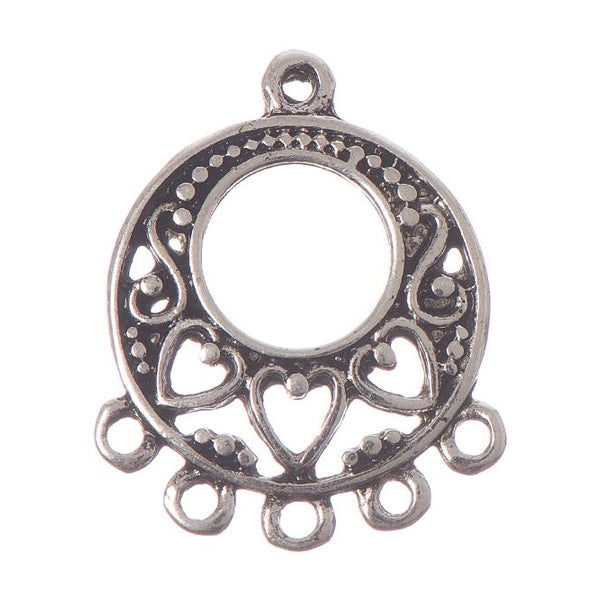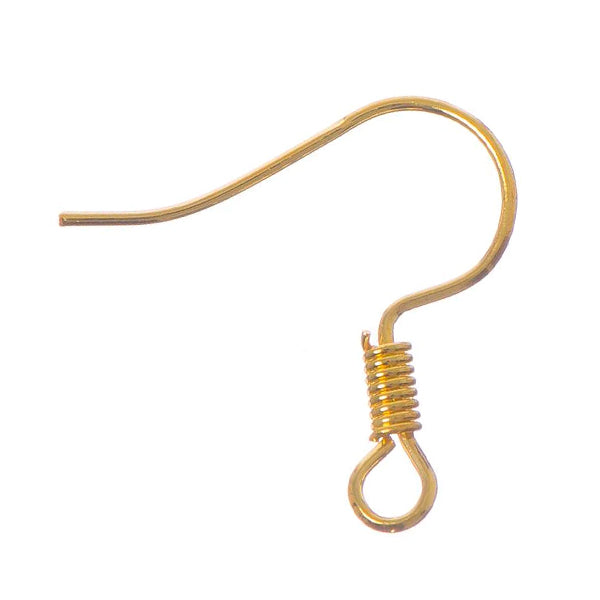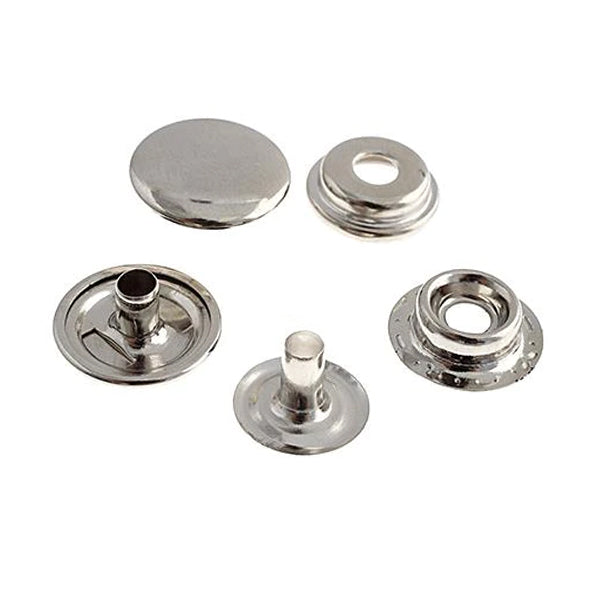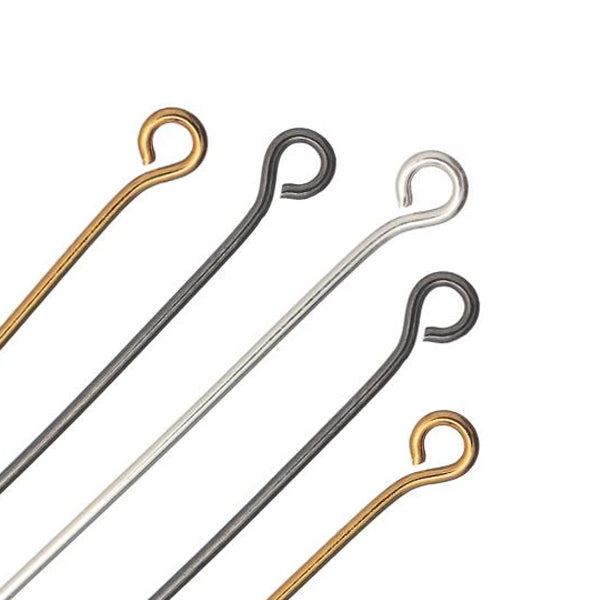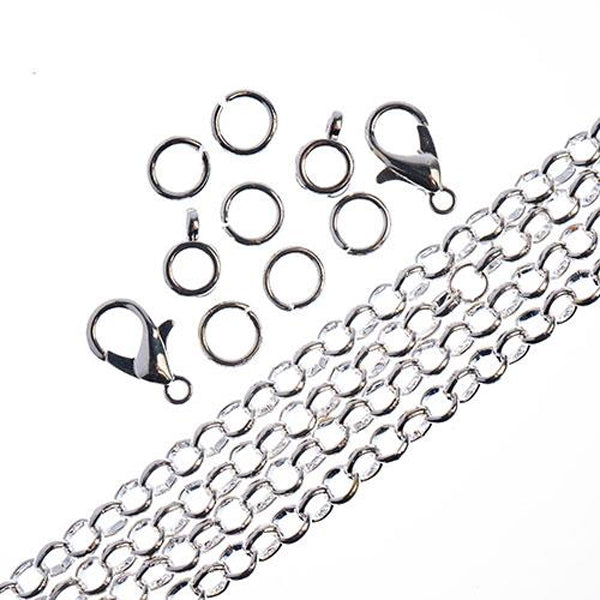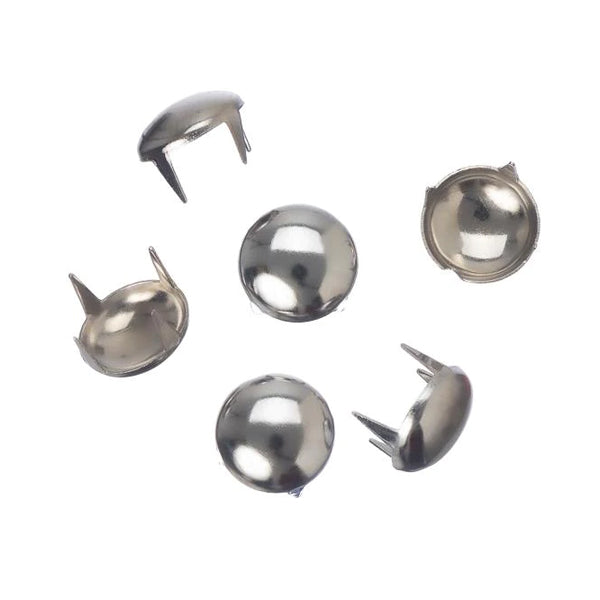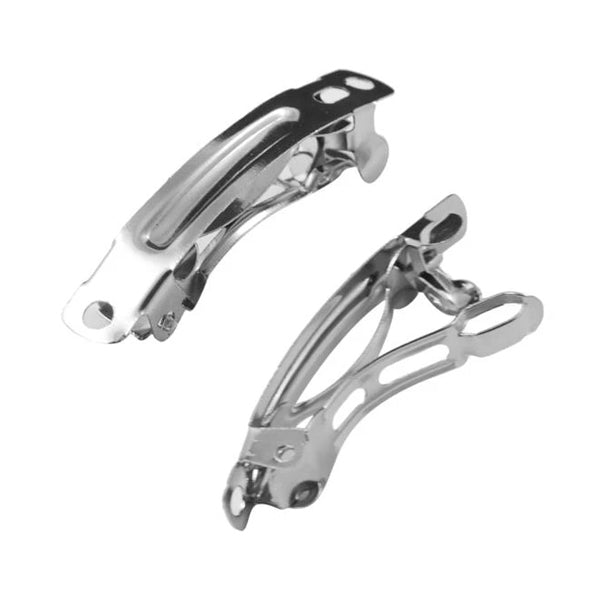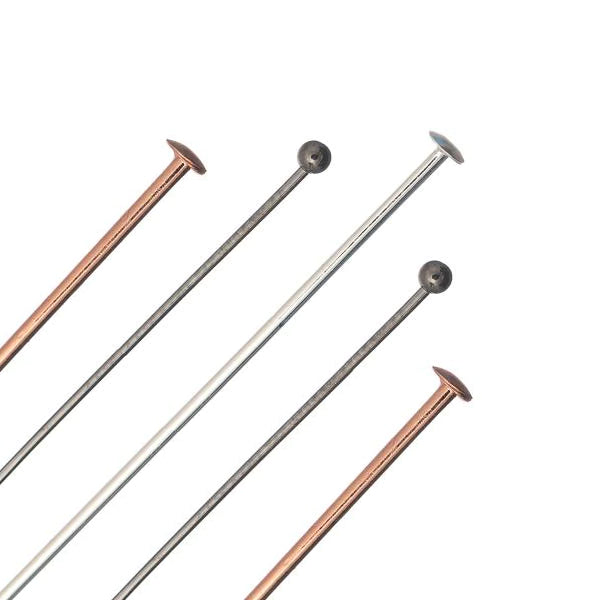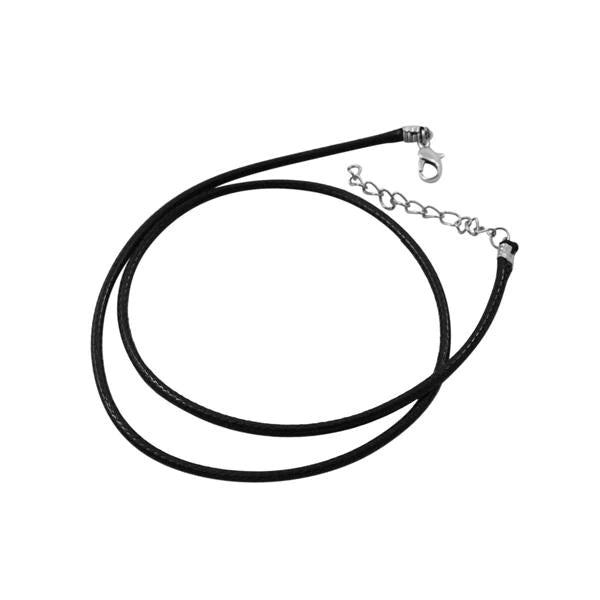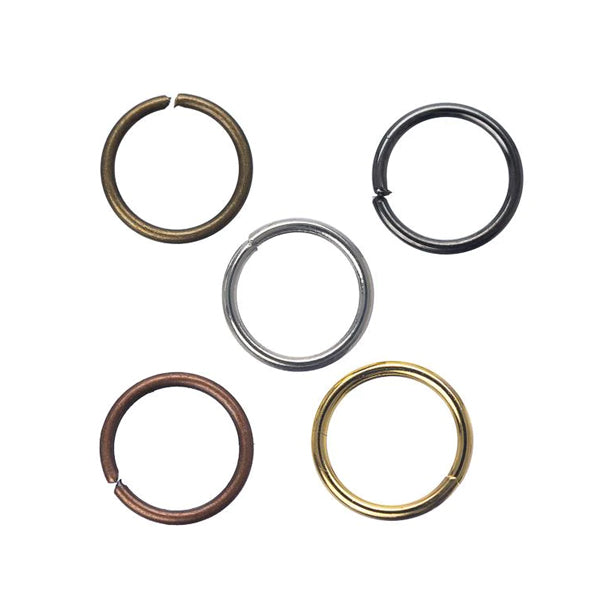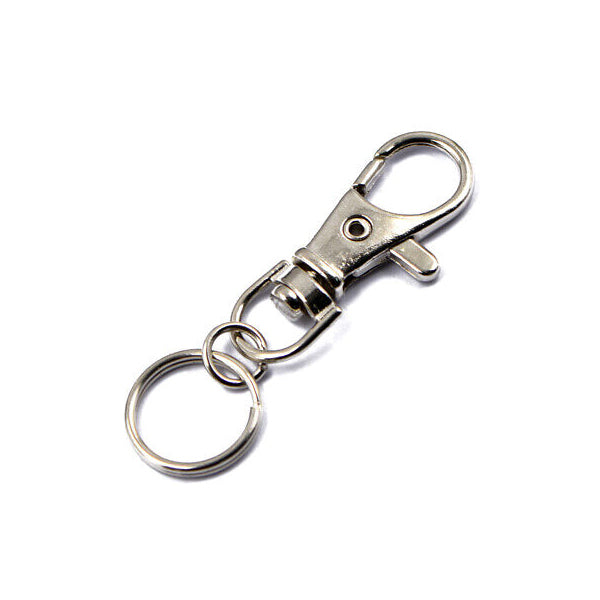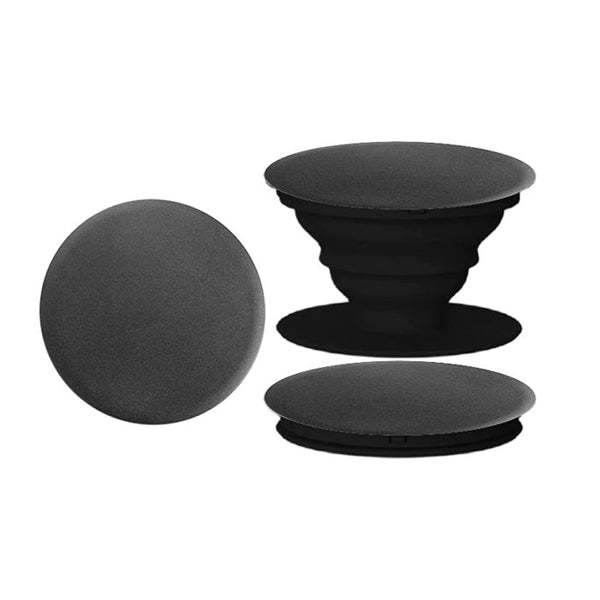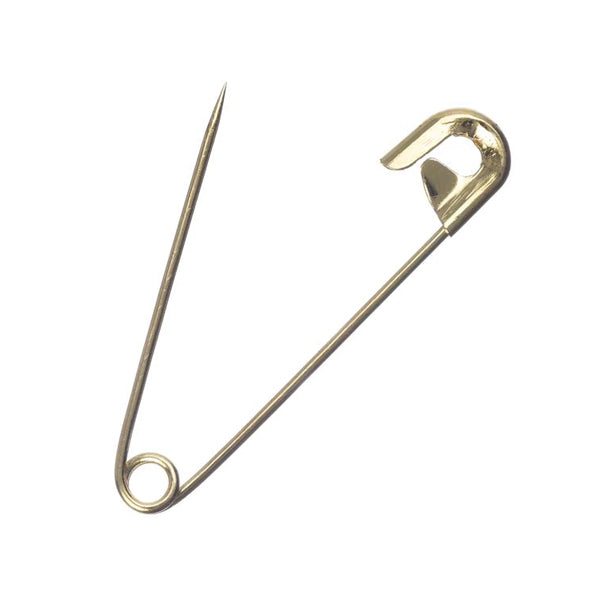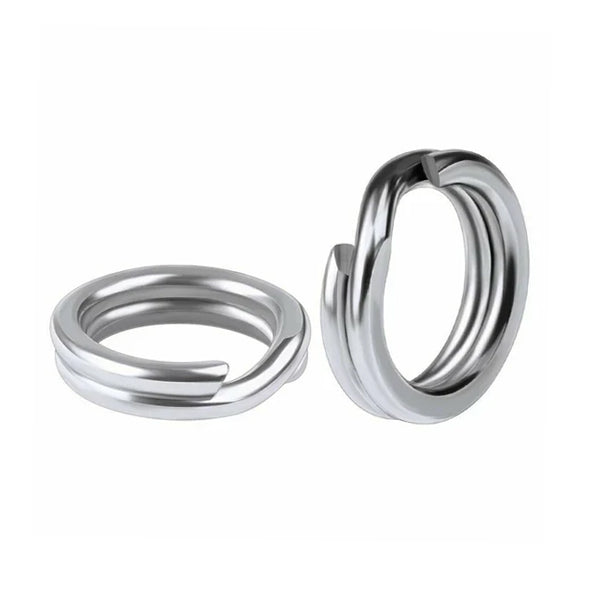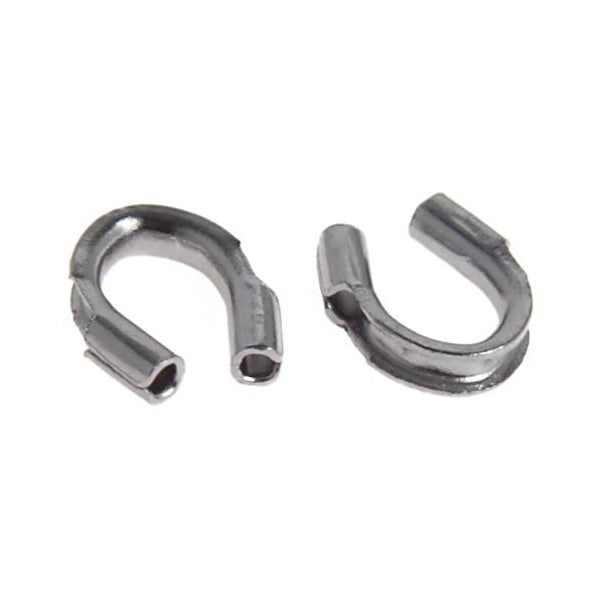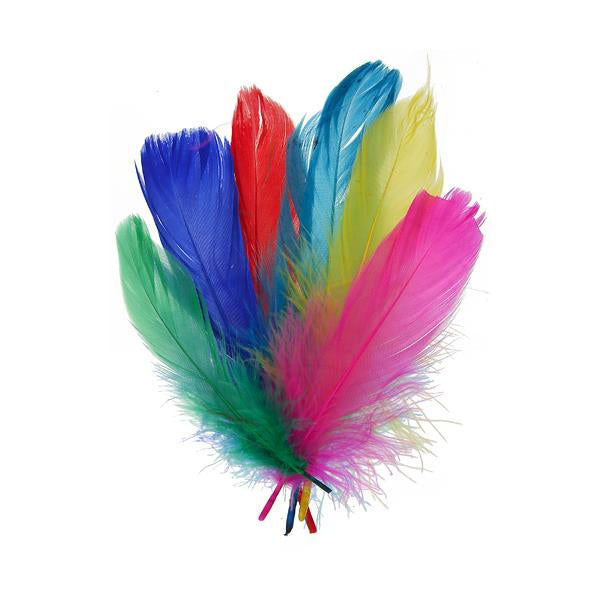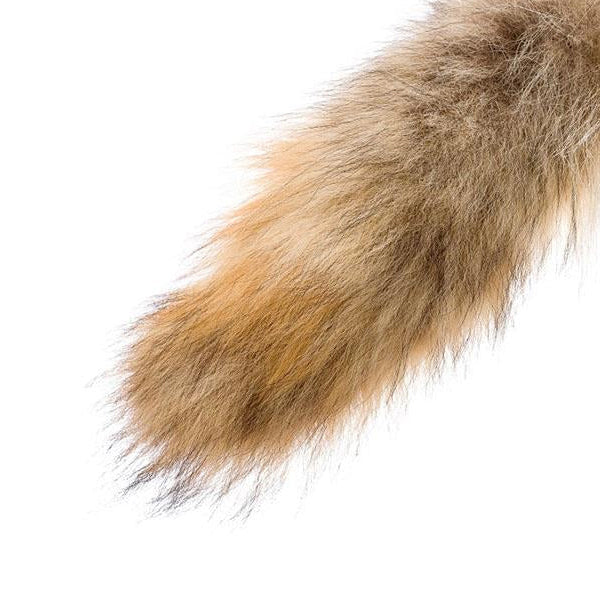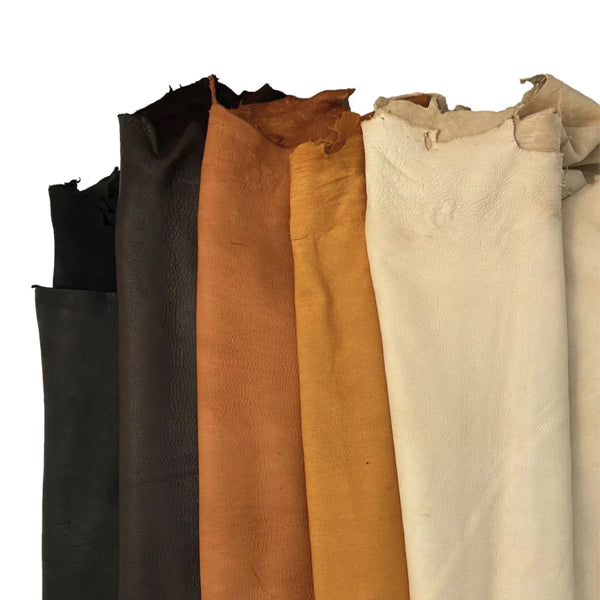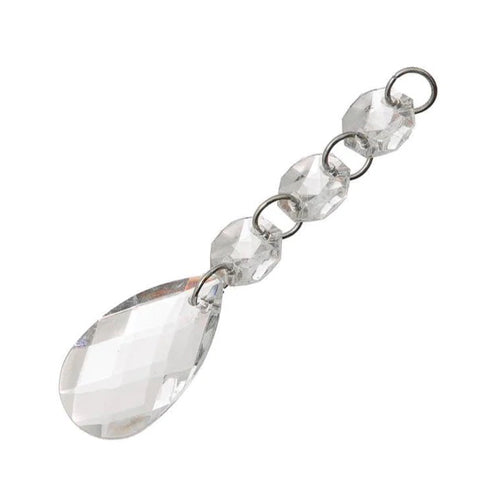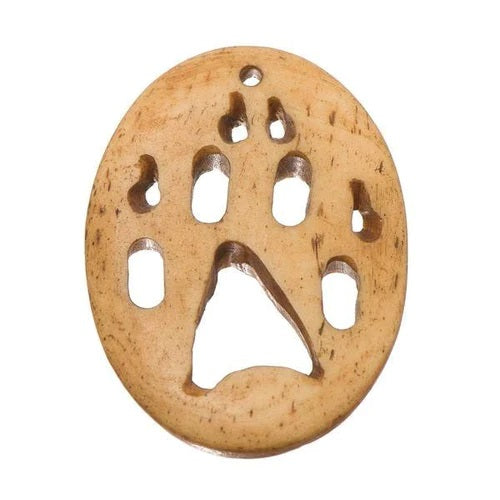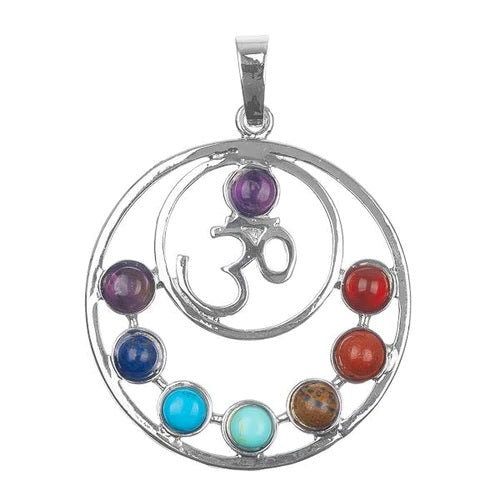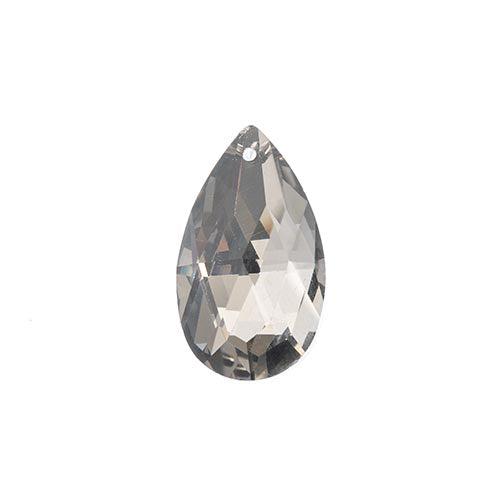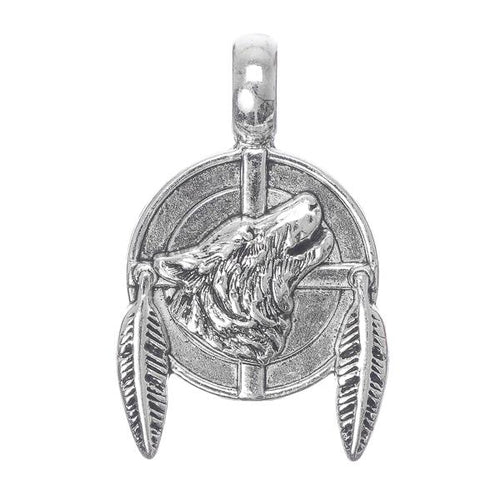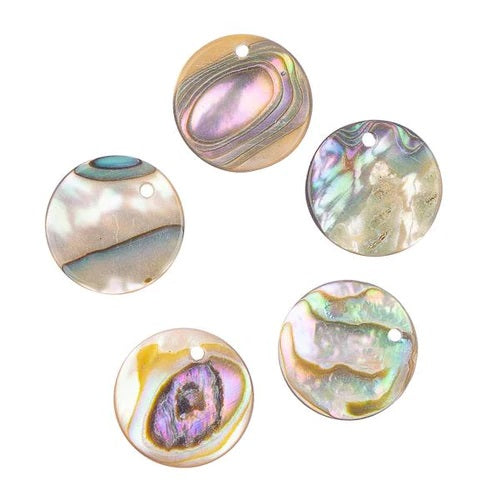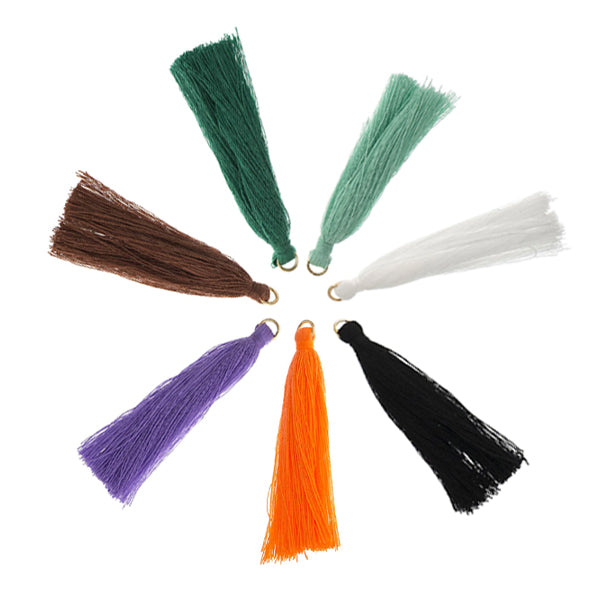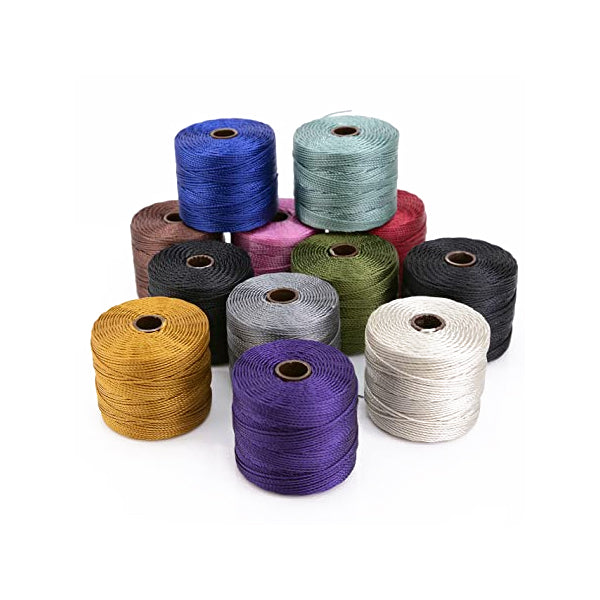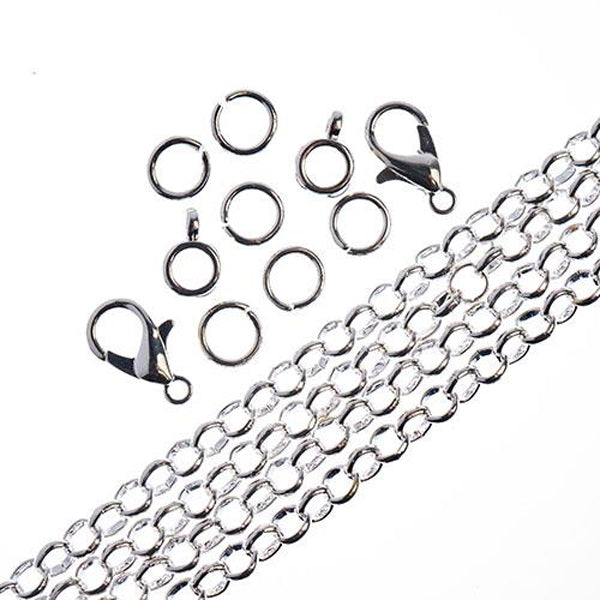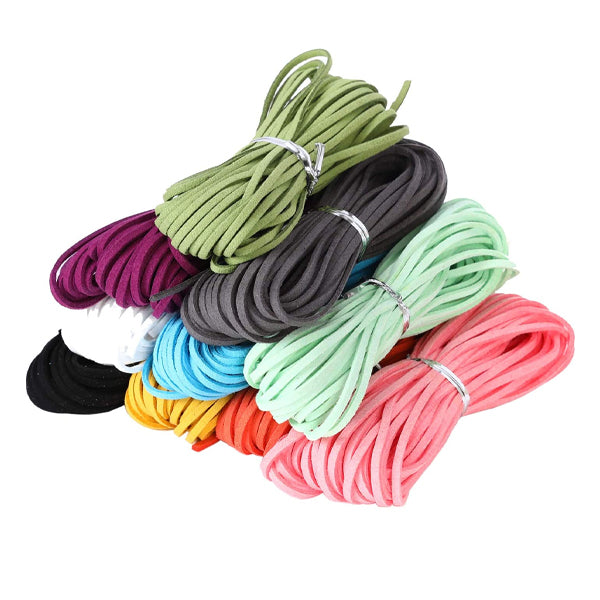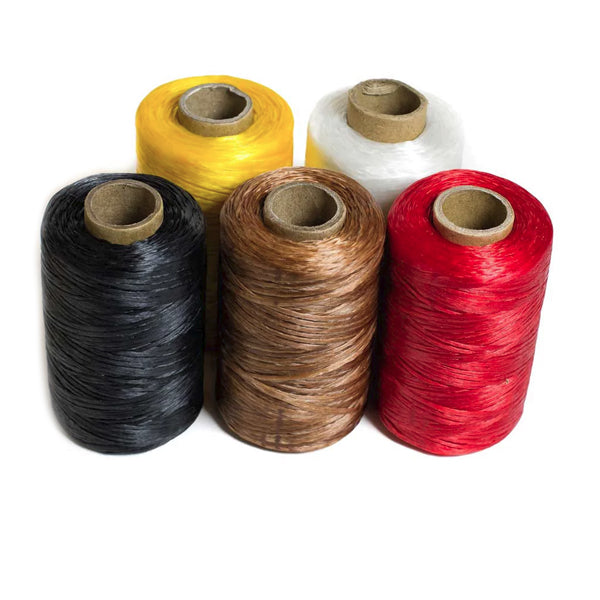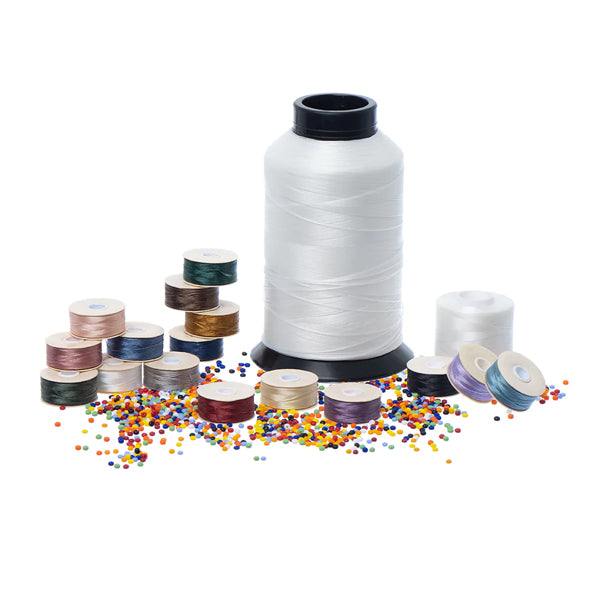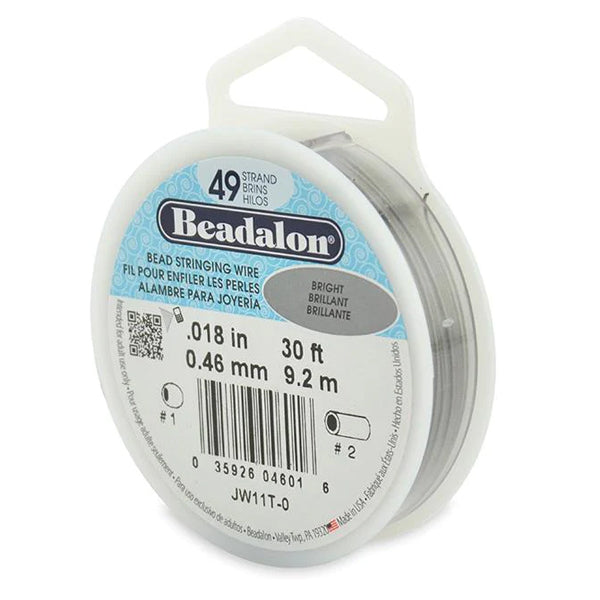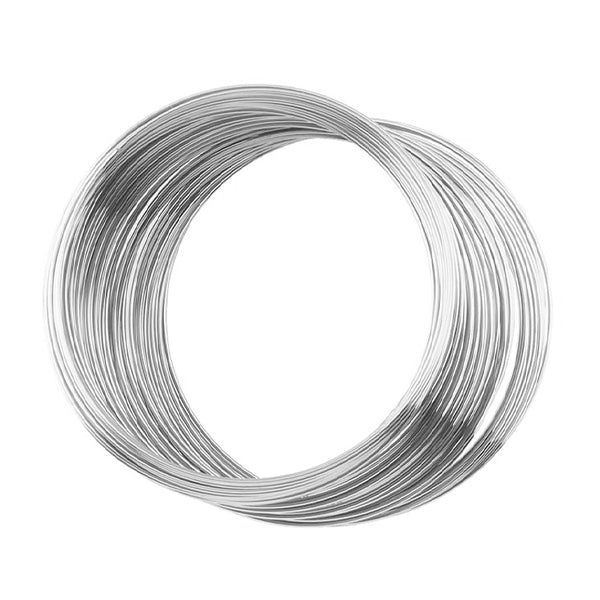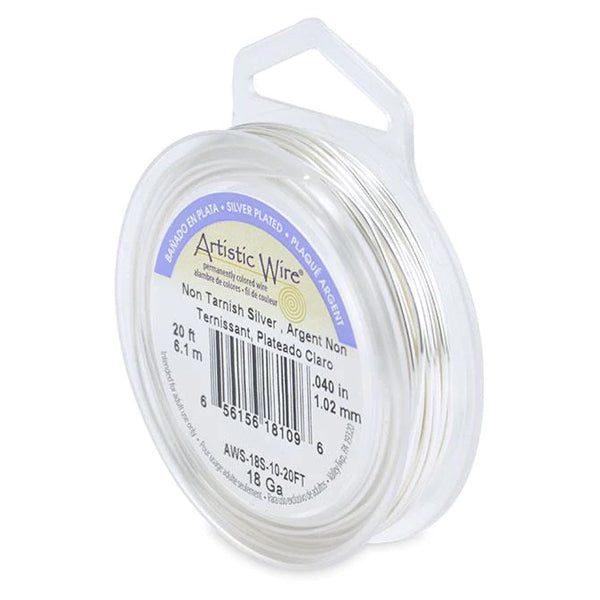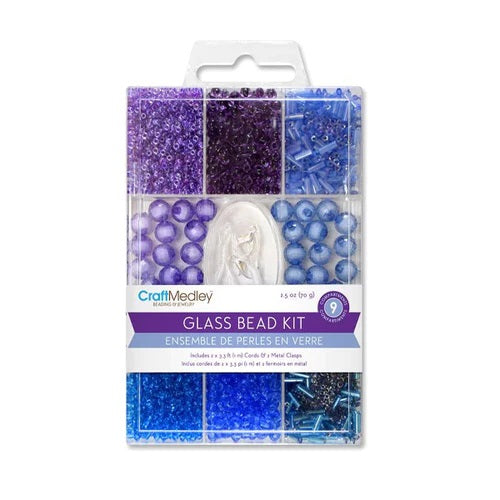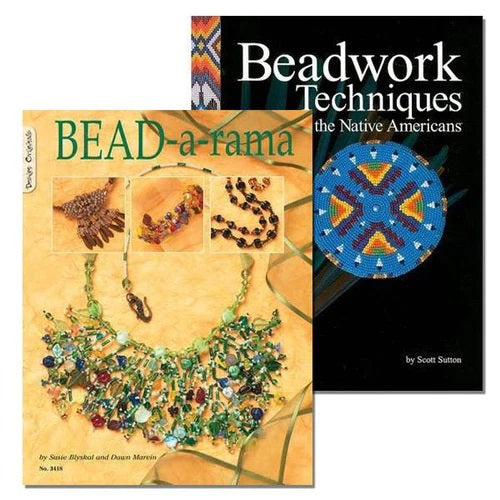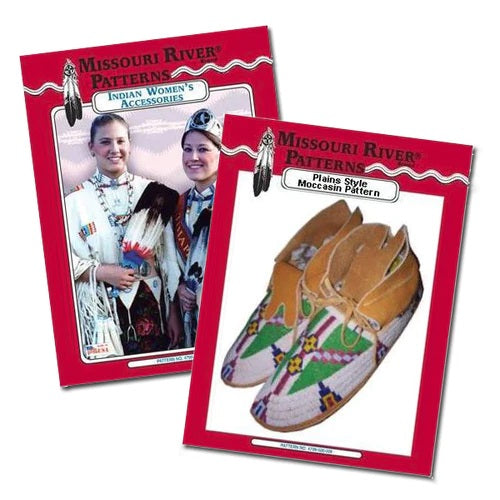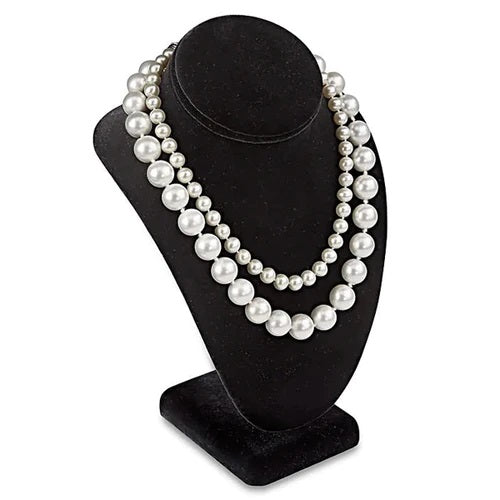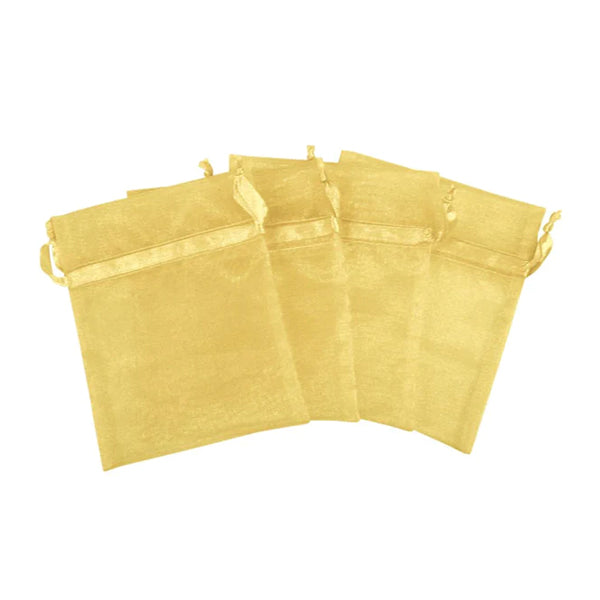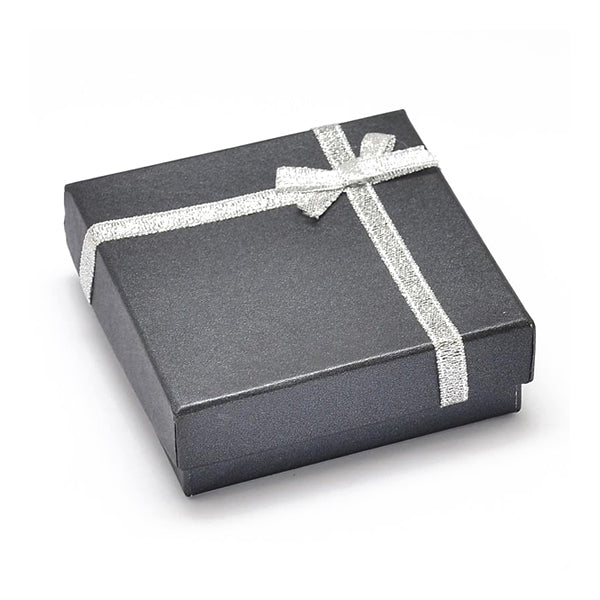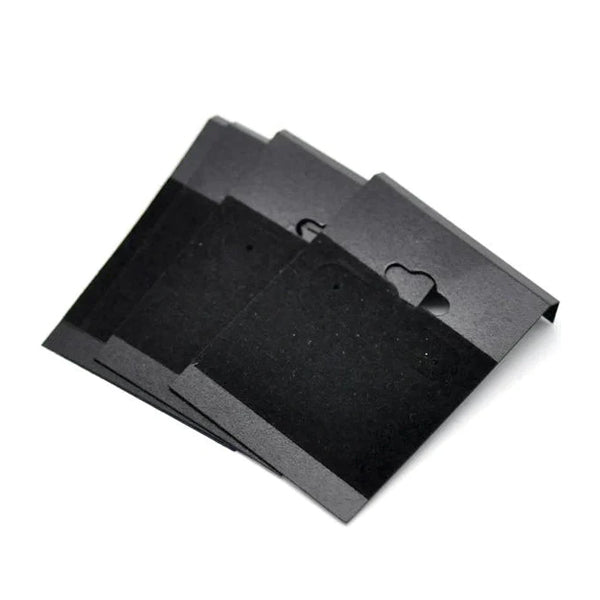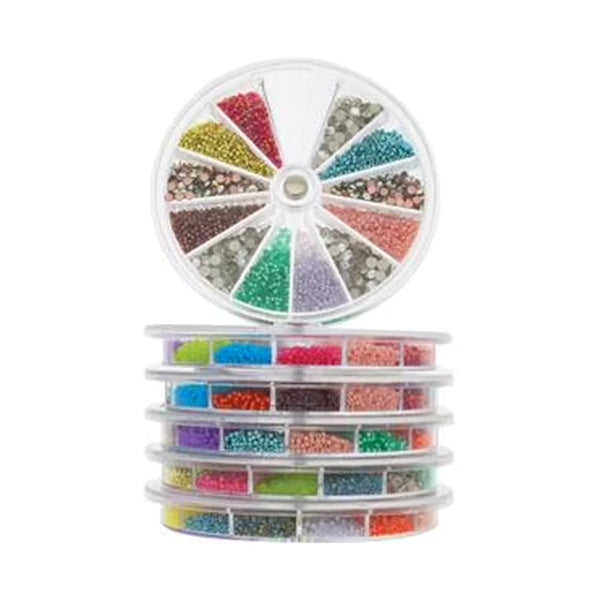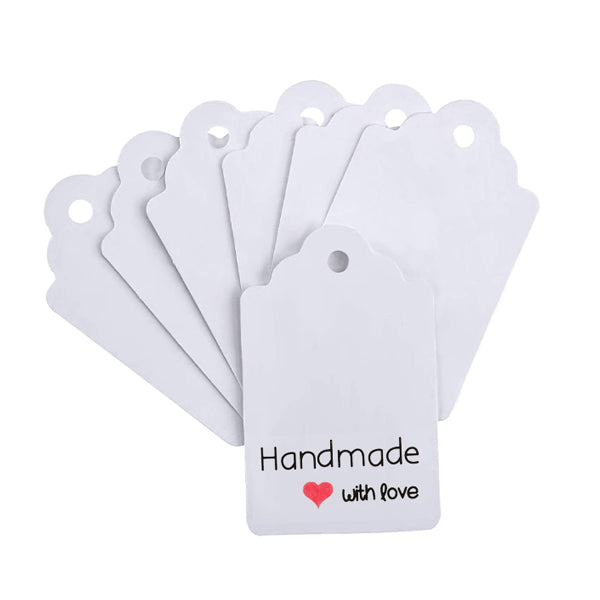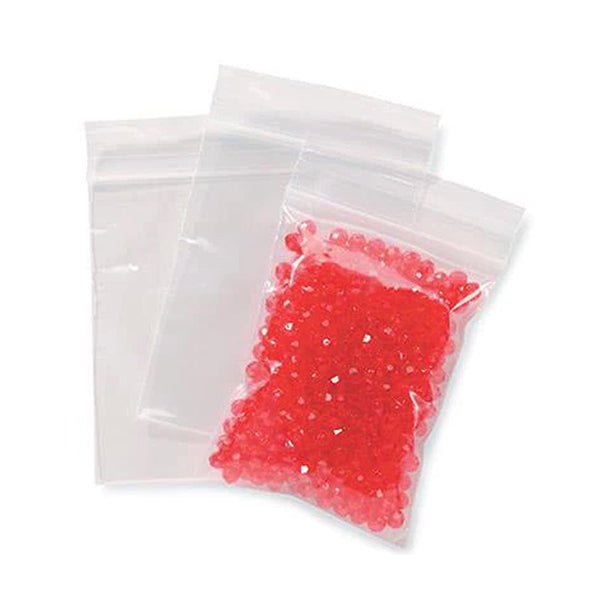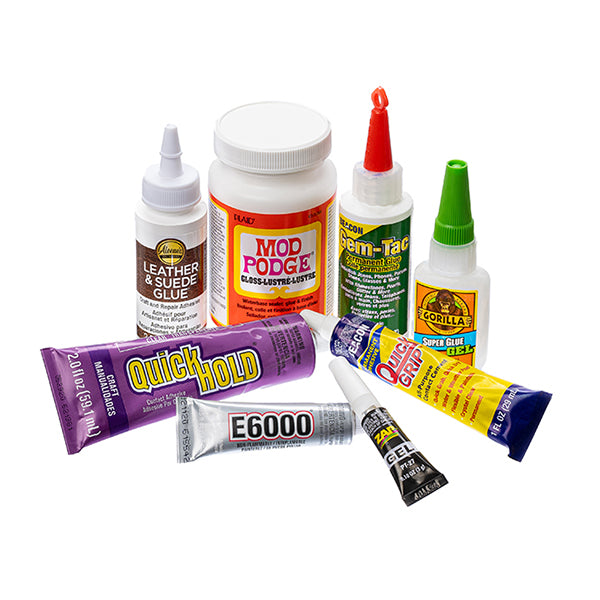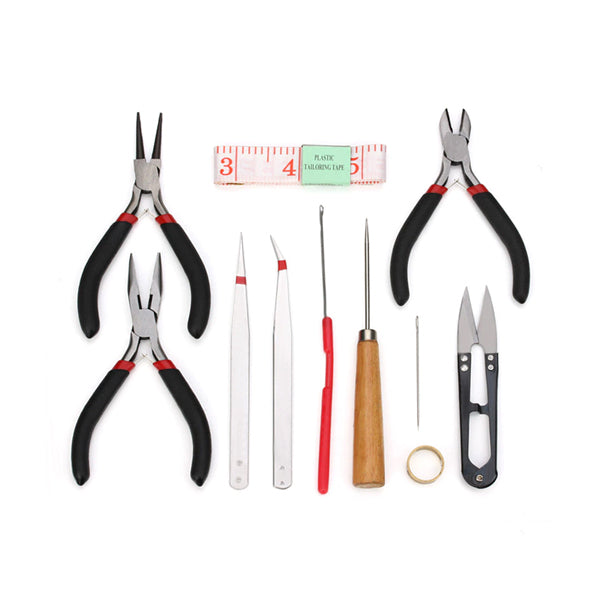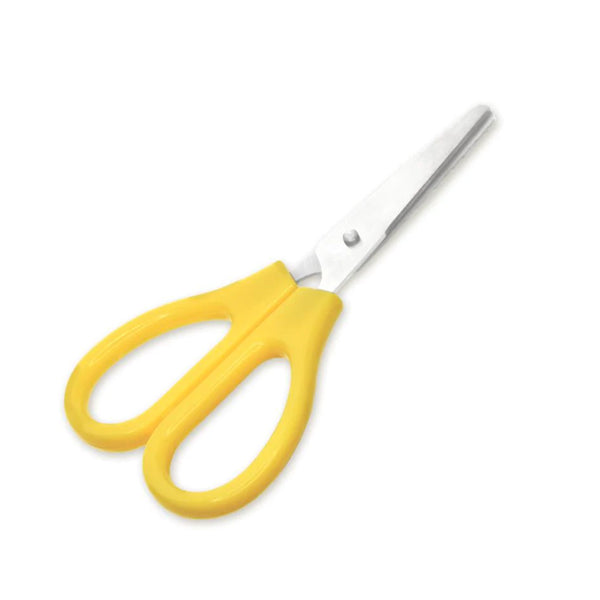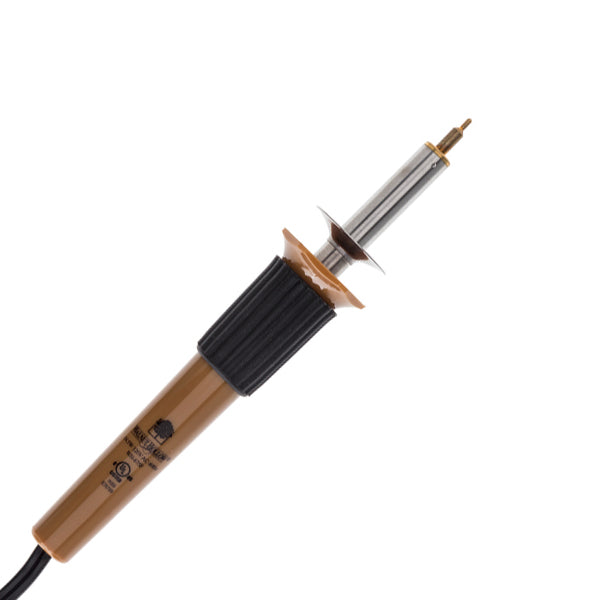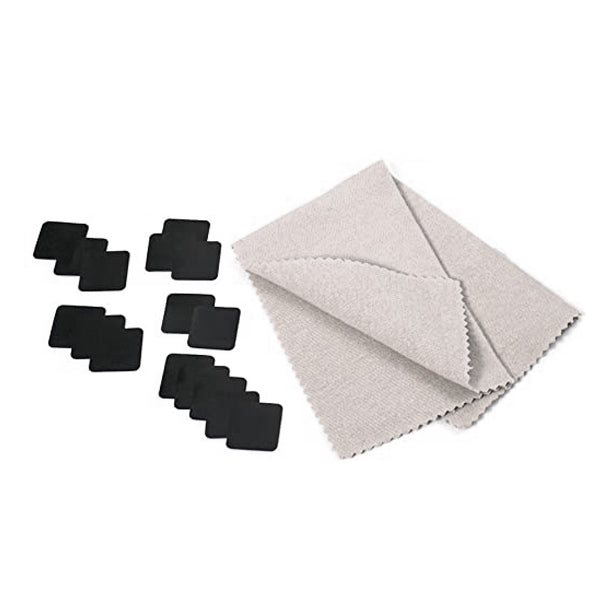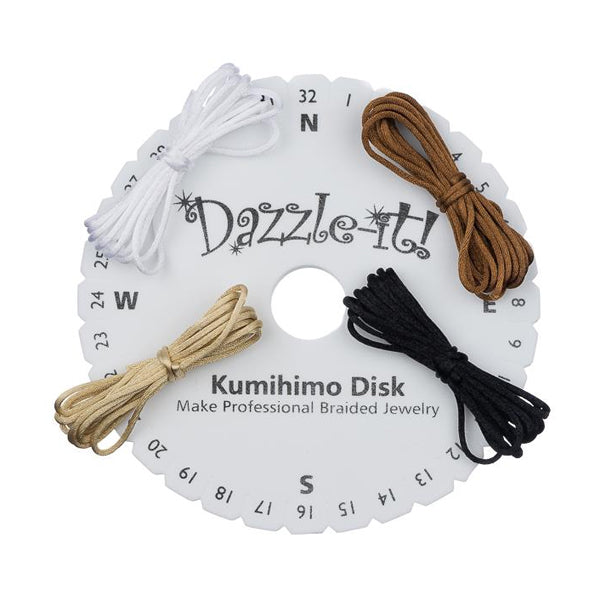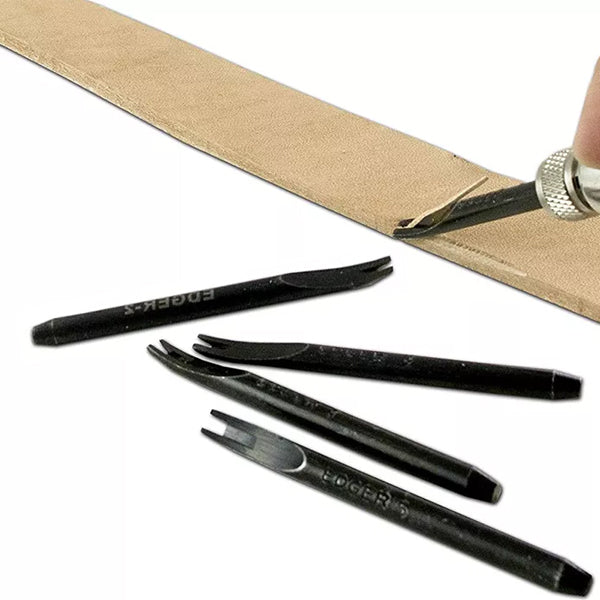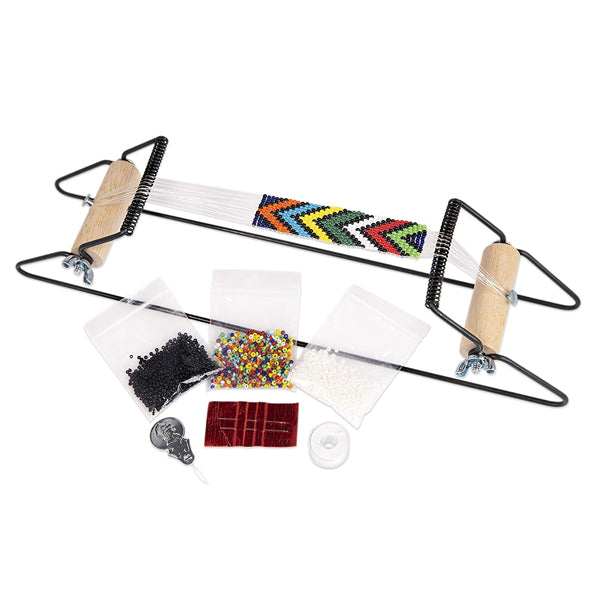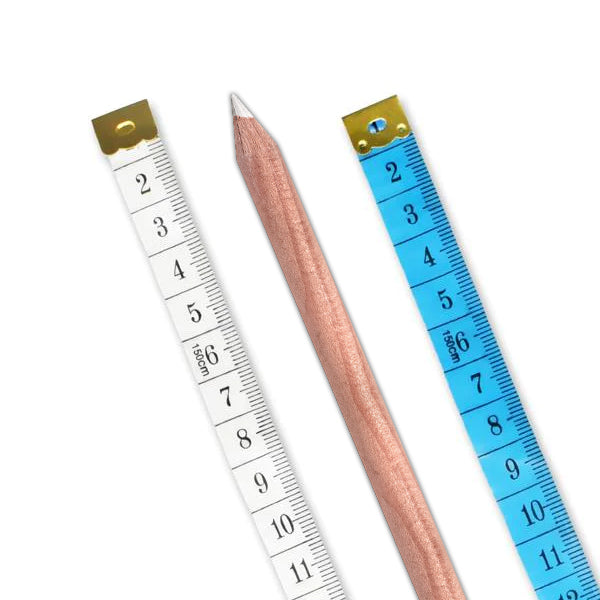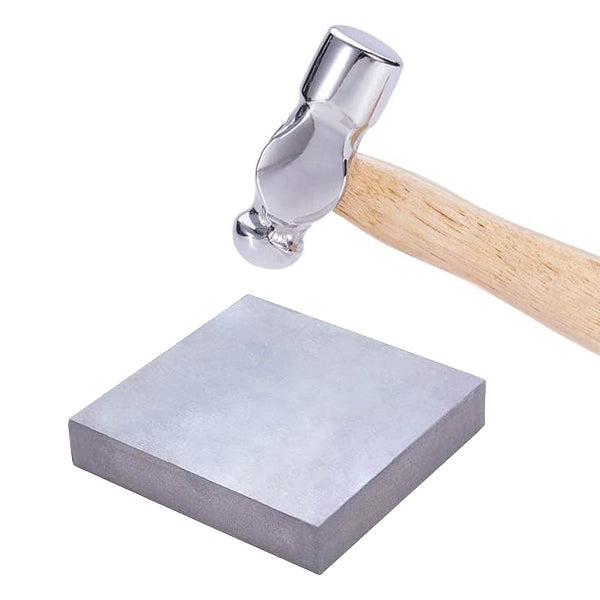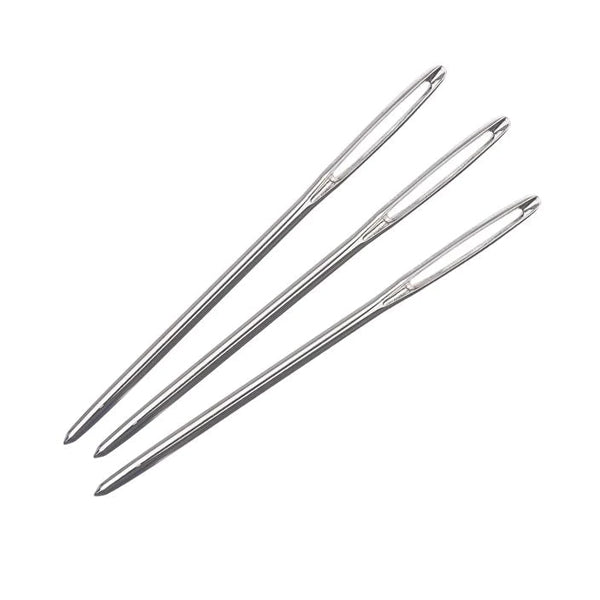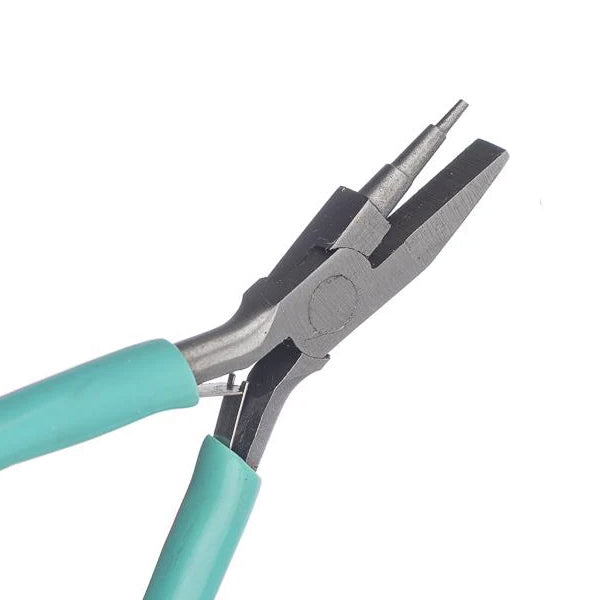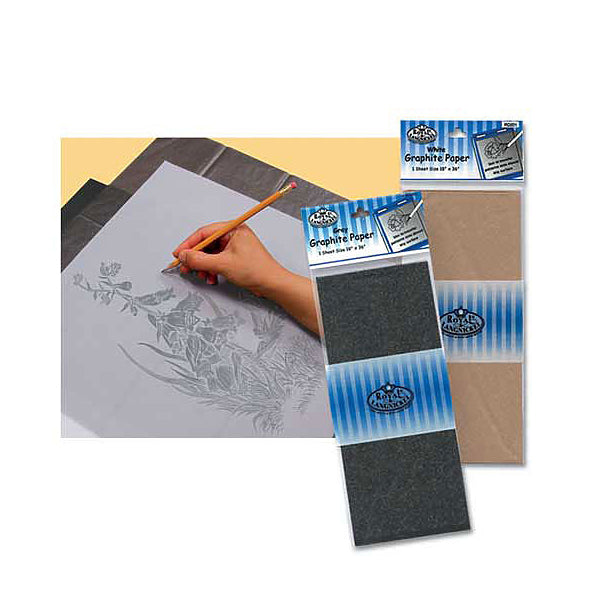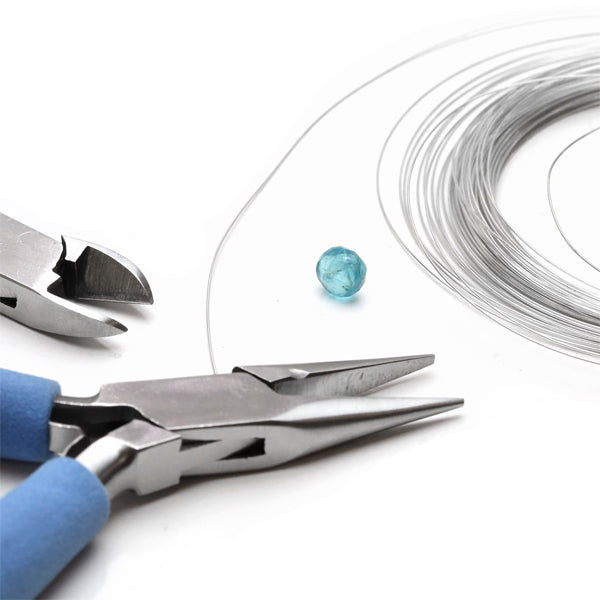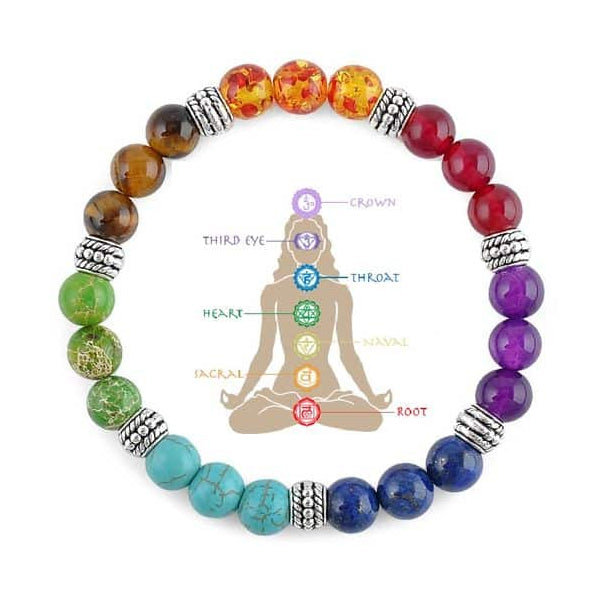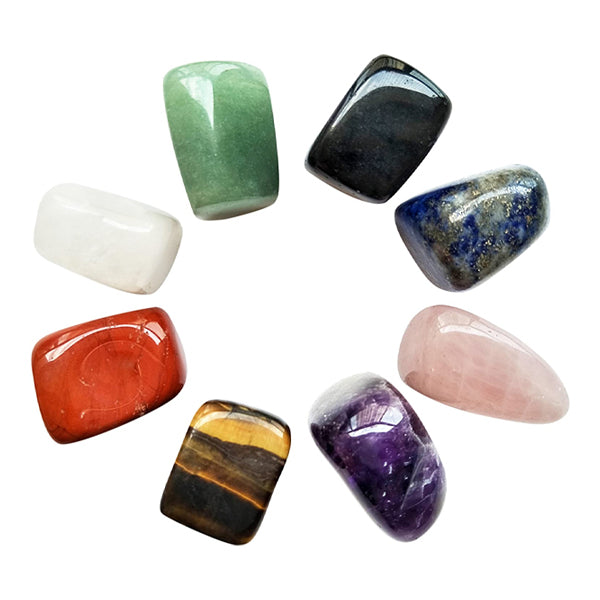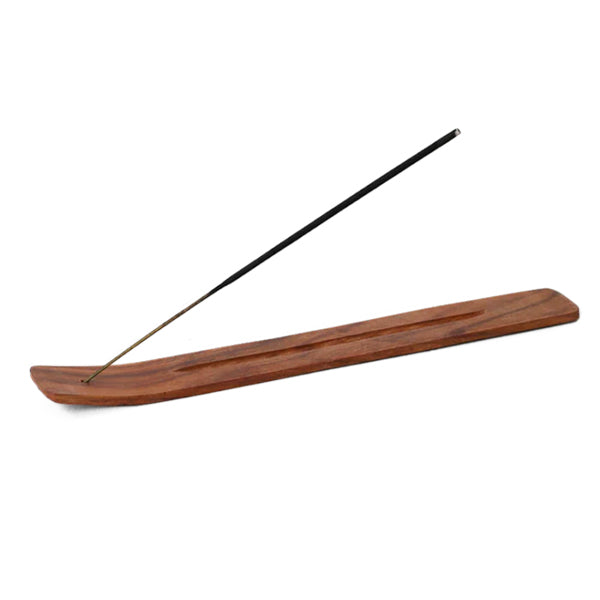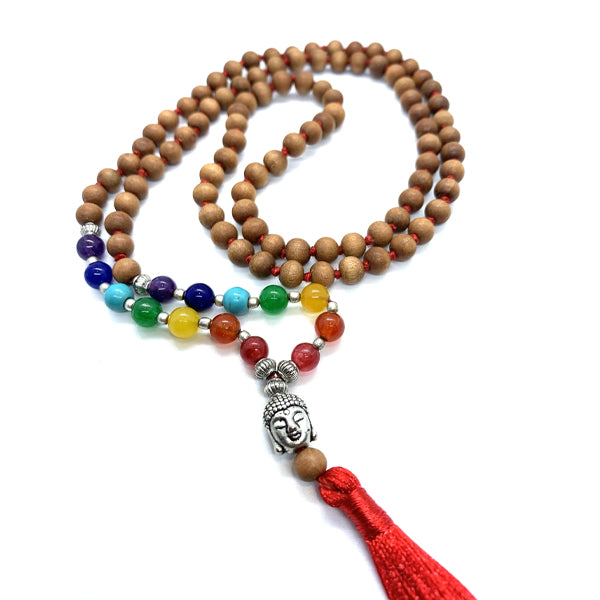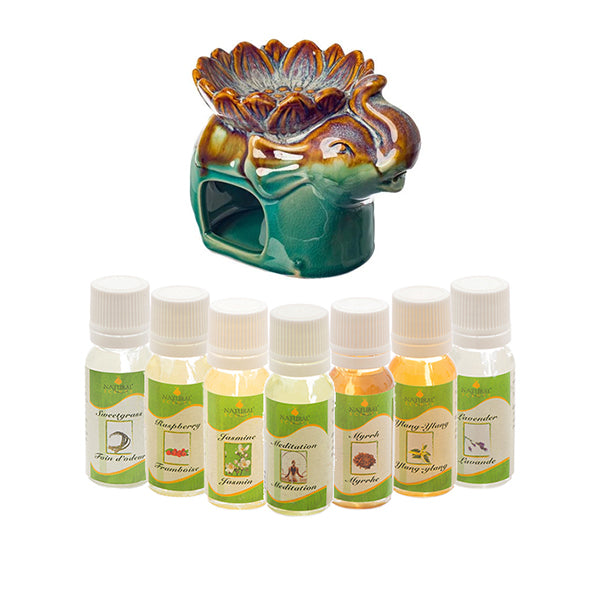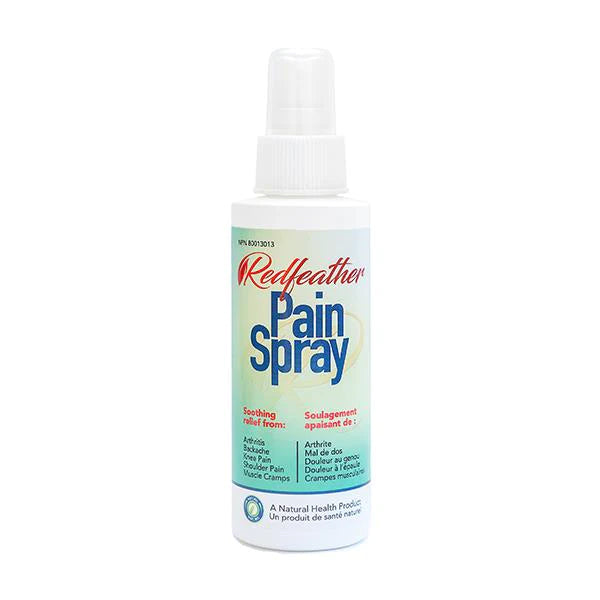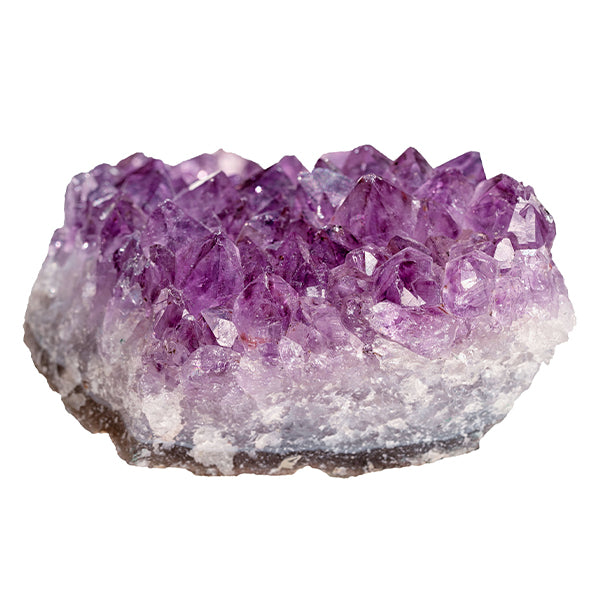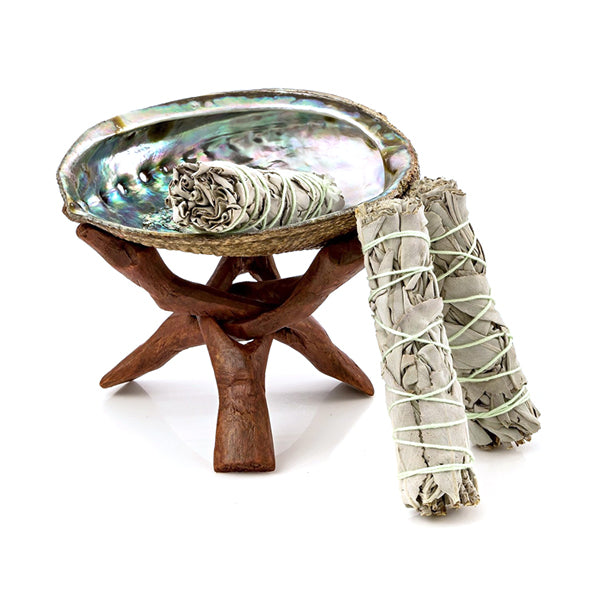Beading Needle Guide
How to Use Beading Needles
In order to string beads or pearls, a double strand of beading thread needs to be passed through the holes of the beads. Pulling the thread through the holes is quicker and easier than trying to push it through (especially when using seed beads) and so beading needles are used.
There are five basic types of needles available:
Sewing Needles – if slim enough, will pass through the hole of some beads but if you are working with seeds beads, or any force is required to thread the bead then it is essential to use one of the following beading needles.

Twisted Wire Needles or Collapsible Eye Needles – These are flexible needles made of a loop of fine grade steel wire twisted around itself to form a needle shape. The needle has a non-twisted loop or eye at the end through which the beading thread is passed. The loop can then be squeezed flat using a pair of chain nosed beading pliers to grip the beading thread and to make it small enough to fit through the bead holes. When complete the eye can then be opened again using the pliers and the thread released. The large eye is easy to thread and can be used with many different sizes of cord. The long needle makes it easy to string lots of beads at once.

Hard English & Japanese Beading Needles – These are conventional needles which resemble household sewing needles but they are very slim and have an eye hole that is the same width as the shank of the needle. This often means the eye is too narrow to take a conventional beading thread and so a second loop of very fine leader thread is used. To do this:
- Pull four or five inches of A sized silk thread or 00 sized beading silk through the hole in the beading needle by hand or using a sewing needle wire threader. Using a coloured therad will help you differentiate between the leader loop and the beading thread itself.
- With the leader thread successfully pulled through the needle hole form a loop and tie the ends of the leader silk together using an overhand knot. Position this knot so that it lies in the middle of the loop and not at one end.
- Having ensured you have enough beading thread to complete the job draw the beading thread through the leader loop and use an overhand knot to tie it off a second loop. From left to right you will have a needle, a loop of silk thread passing through the eye of the needle and a second loop of beading thread passing through the silk loop, with a long run of beading thread behind it.
- Use your beading needle to pass both loops through the beads and pull the beading thread through to the other side.

Curved Beading Needles are lean curved needles with narrow eyes the same thickness as the needle shaft. Curved needles are produced by many makers and come in a variety of sizes and lengths. They are suitable for all kinds of thread work.
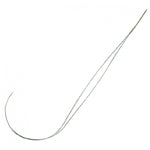
Big Eye Needles are made from high tensile wire and have an eye that runs the full length of the needle shaft. They are useful when regular thread changes are required and they are quite flexible when beading. They are also perfect for larger cords like Beadalon Elasticity stretch cord.
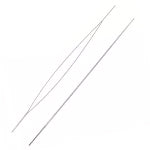
Understanding Beading Needle Sizes
Beading needles are very fine, with a narrow eye to enable it to fit through the centre of beads and sequins. They are usually long so that a number of beads can be threaded through at the same time. The sizes most commonly available are 10 to 15 but there is also an elusive and much sought after size 16 needle! The higher the number the thinner the needle.
Size 10, 12, and 13 fit the size 11/0 seed beads. Size 15 will fit the smaller 15/0 seed beads as well as some of the smaller vintage seed beads in sizes 18/0 through to 22/0. The elusive size 16 will fit most beads from 22/0 through to 24/0.
The other variables with beading needles are length, shape and flexibility.
- Choosing a selection results in a full page refresh.


